Probably one of the biggest monuments to an era of the former communist regime of Yugoslavia is the "House of Flowers" memorial complex, built as a winter garden and residence of Josip Broz Tito, who was buried there after his death.
During the civil war at the beginning of the nineties, which led to the collapse of the state, it also led to the destruction of most of the monuments to the greats celebrated after the Second World War.
Identical to the monuments to the Yugoslav king Alexander, which were all but one demolished after the fall of the kingdom, at the beginning of World War II, which I wrote about in this post.
Monuments and busts dedicated to Marshal Tito had the same fate.
Some large streets and towns that were associated with his name were changed, and most of the monuments were destroyed.
Except the House of Flowers.
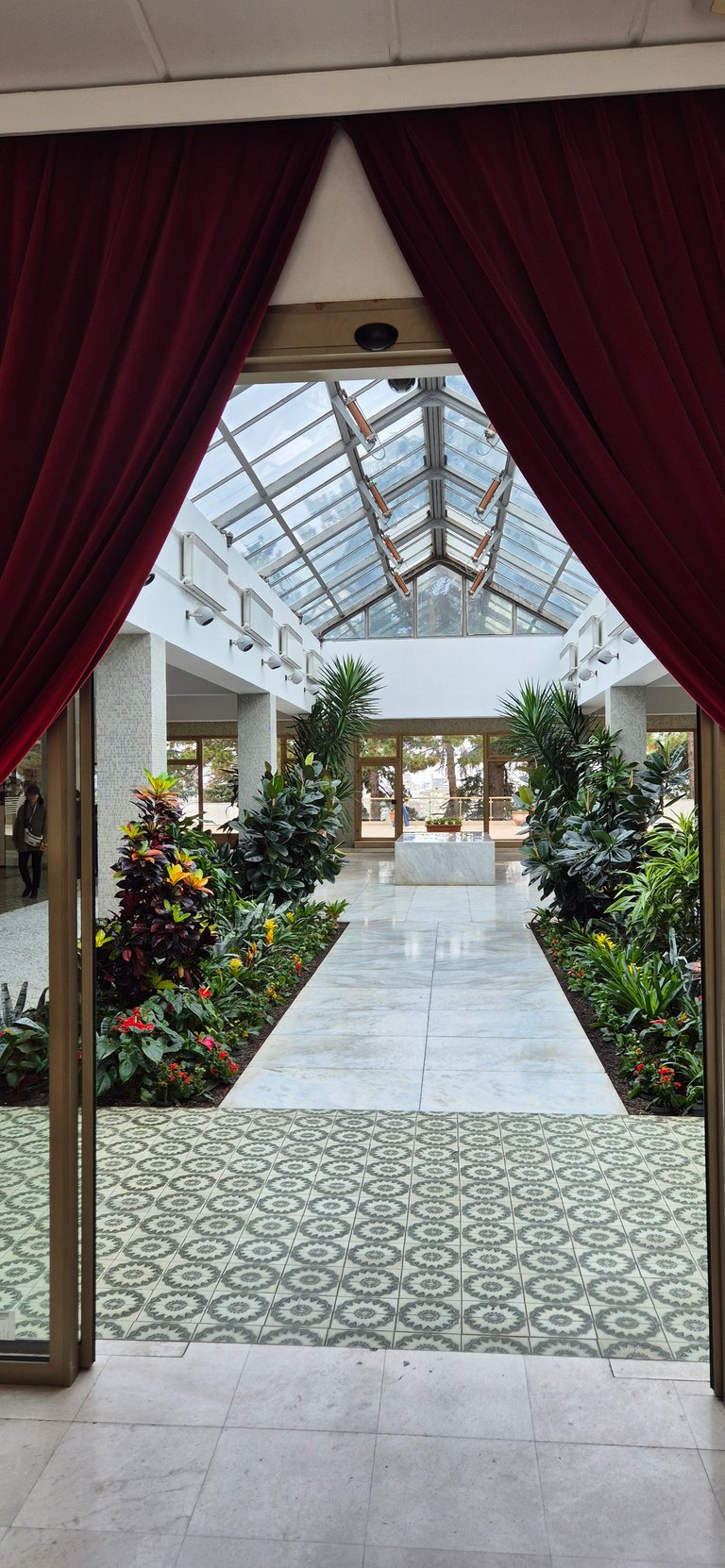
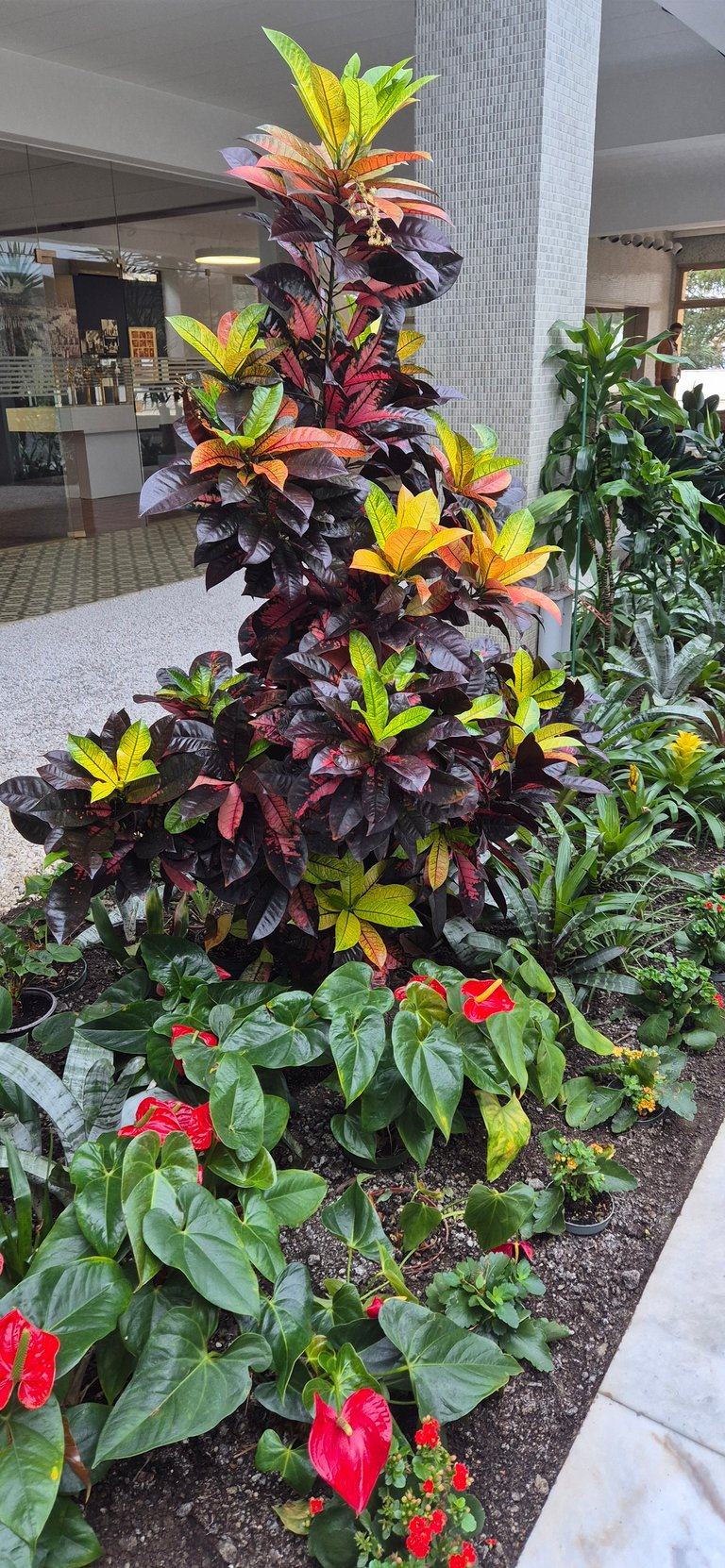
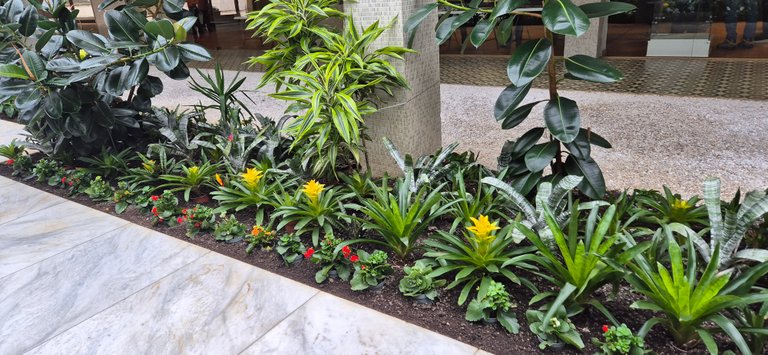
Although these days, some of the politicians who lead the country and the city, mention the shutdown of the memorial center.
Probably the thieves has some plans with the extremely valuable location where the complex is located (Dedinje, an elite part of Belgrade), for machinations and agreements with the construction mafia, such as the government in Belgrade and Serbia.
As much as I disagree with the idea of communism, and knowing how much that leader of the Yugoslav peoples worked to the detriment of my people after World War II, I believe that removing such a witness to history would do more harm than good.
The memorial center is not a center visited only by the citizens of my country, it is visited annually by over 100,000 people from all the former Yugoslav republics, but also from Greece, China, as well as some people from the member countries of the Non-Aligned Movement (a movement whose popularization in the seventies of the twentieth century, Tito himself had a great deal of credit for).
And so, this complex, which has survived despite a strong desire to be displaced and its main resident erased from history, is still very much visited.
Two dates are important, May 4, the day of Tito's death, as well as May 25, the day of his birth.

On those days, many buses were parked on the plateau in front of the House of Flowers, bringing tours of visitors who pay their respects to this communist leader and lifelong president of Yugoslavia.
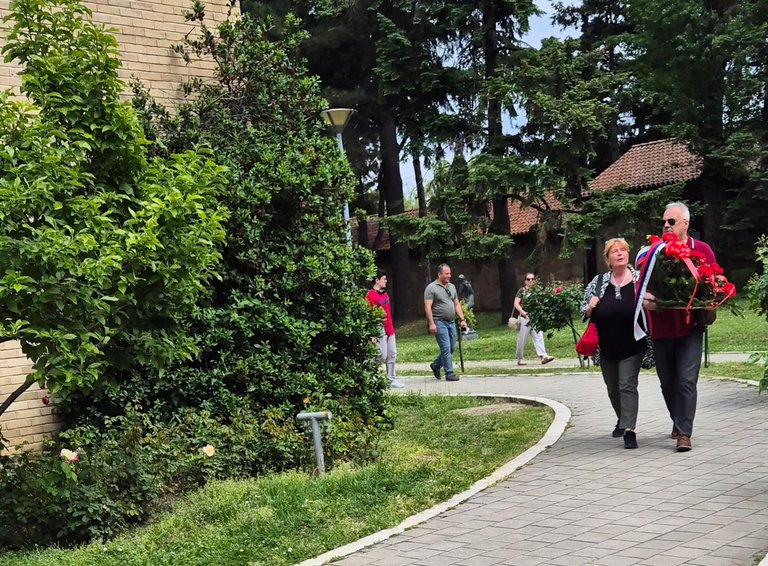
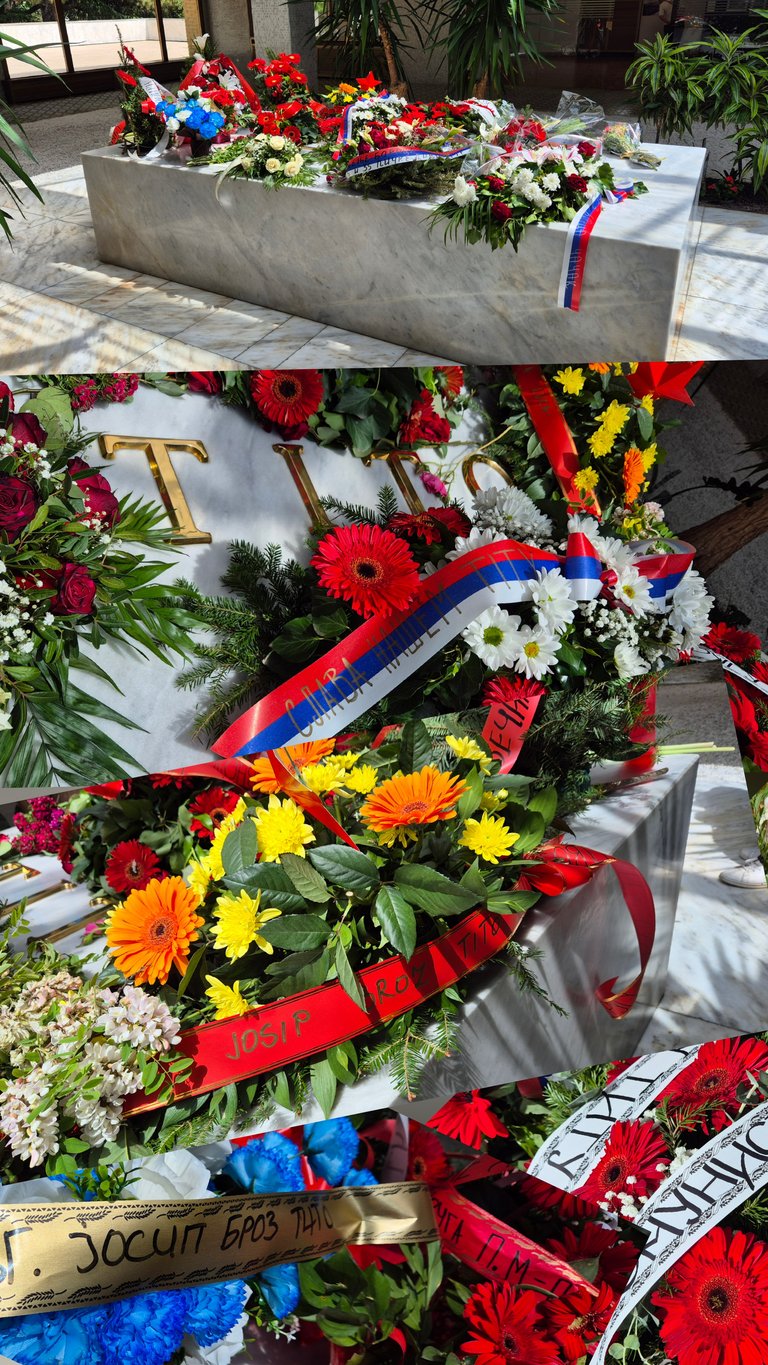
The House of Flowers was named after his death, while the winter garden, built 5 years before his death, was called "Flower shop".
In the last years of his life, Tito spent a lot of time in this residence, where he had his work space, a fountain, a beautiful terrace with a view of Belgrade, and where plants and flowers were planted, which he received as gifts from other statesmen.
His wish, to be buried in this garden, was fulfilled and after probably the largest funeral of a statesman in the second half of the twentieth century, which was attended by a large number of statesmen from all over the world, a white marble monolith was placed over his grave.
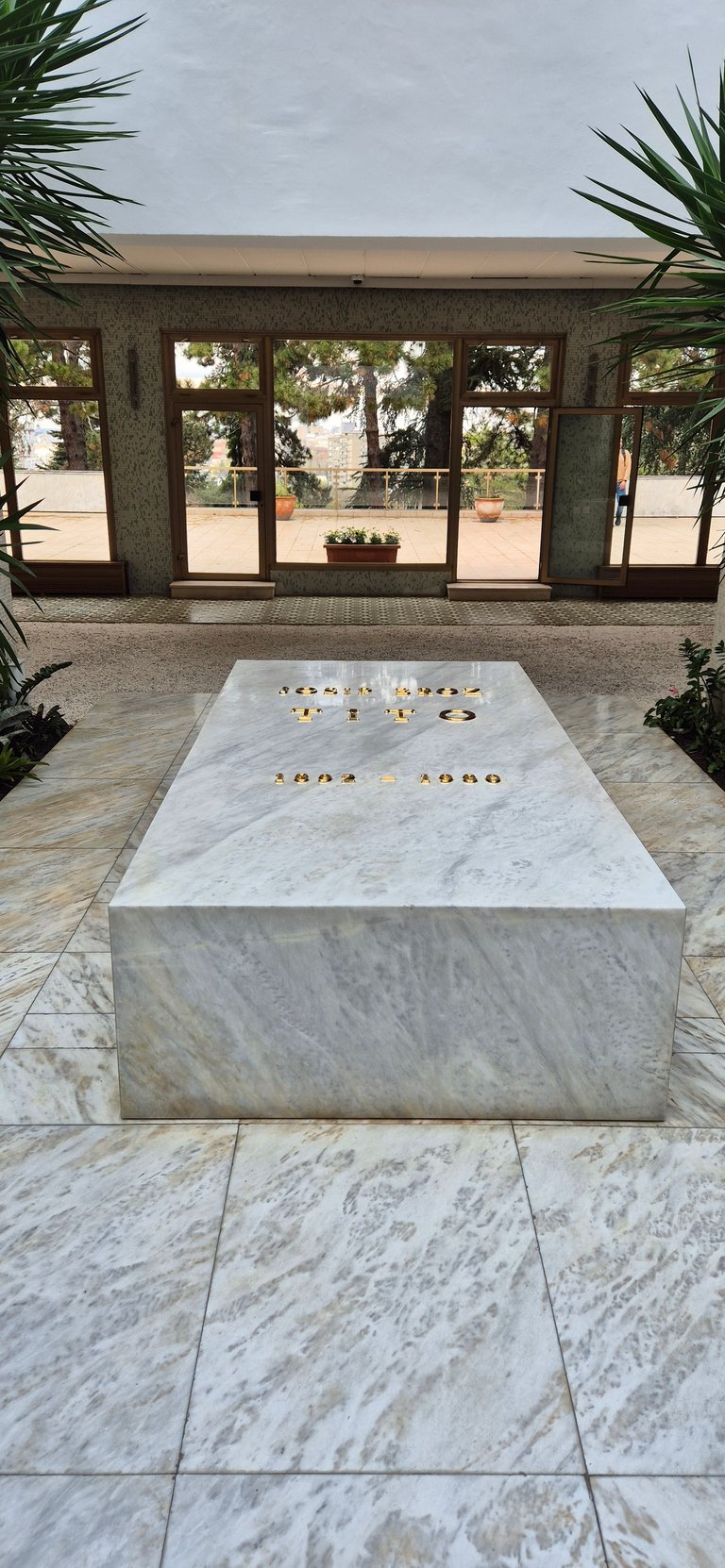
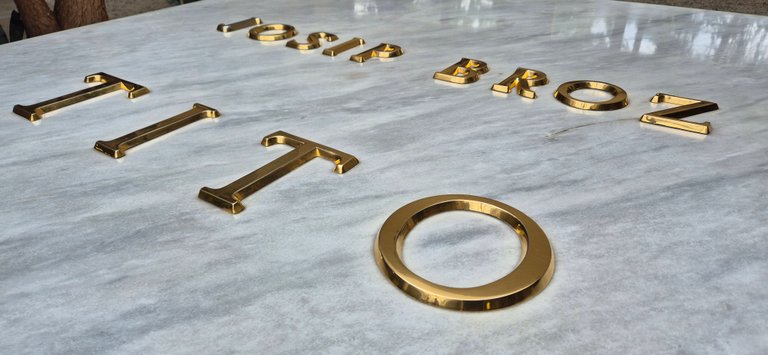
I was little when Tito died and when his funeral was held, and my parents told me that it was a big event for our country.
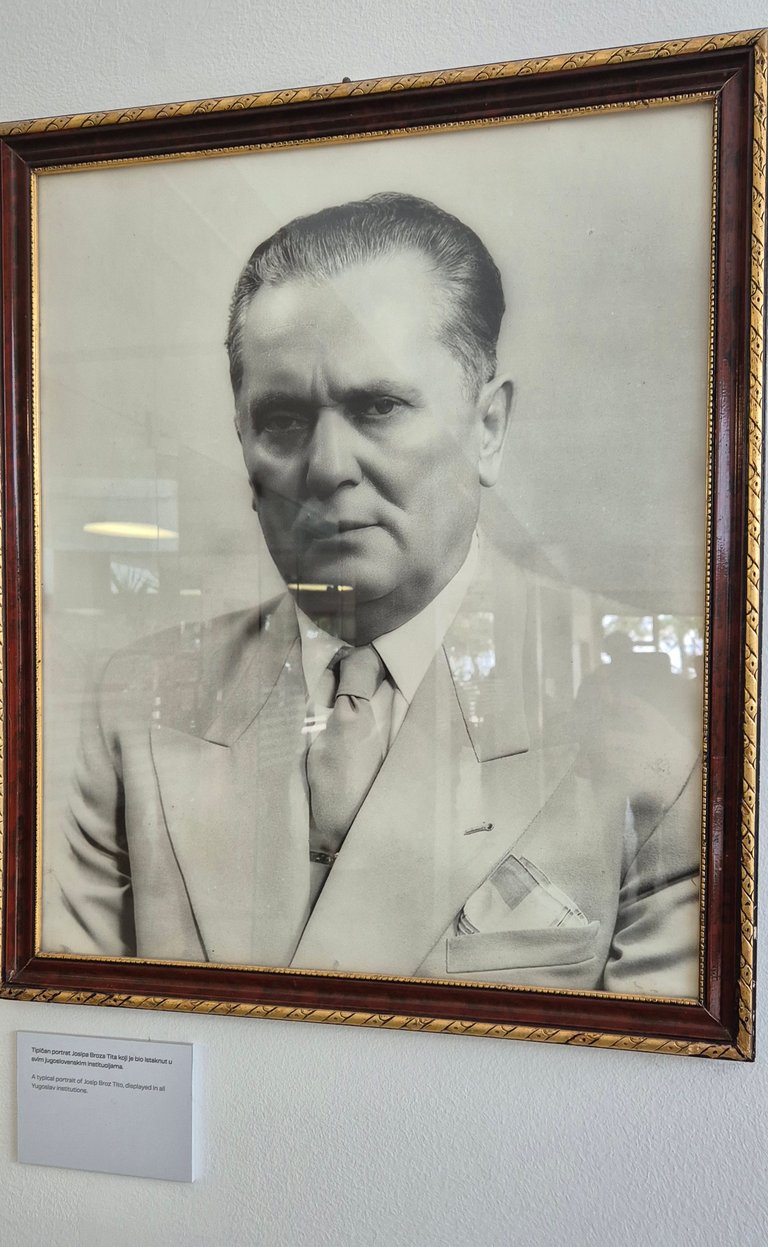
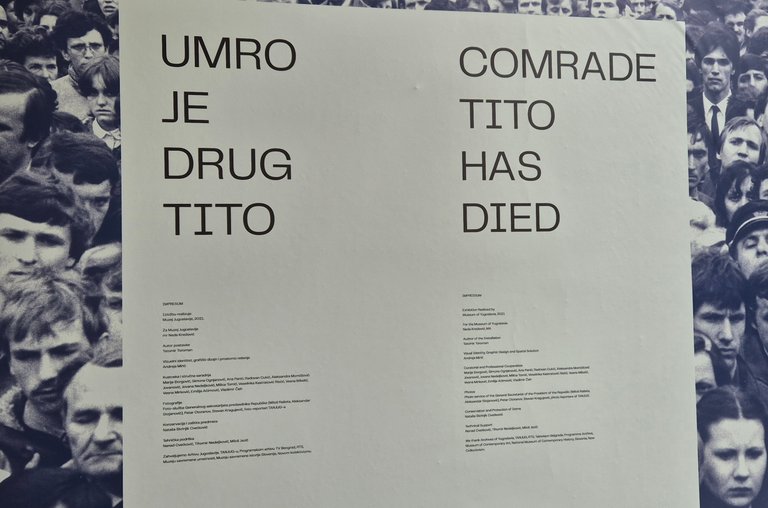
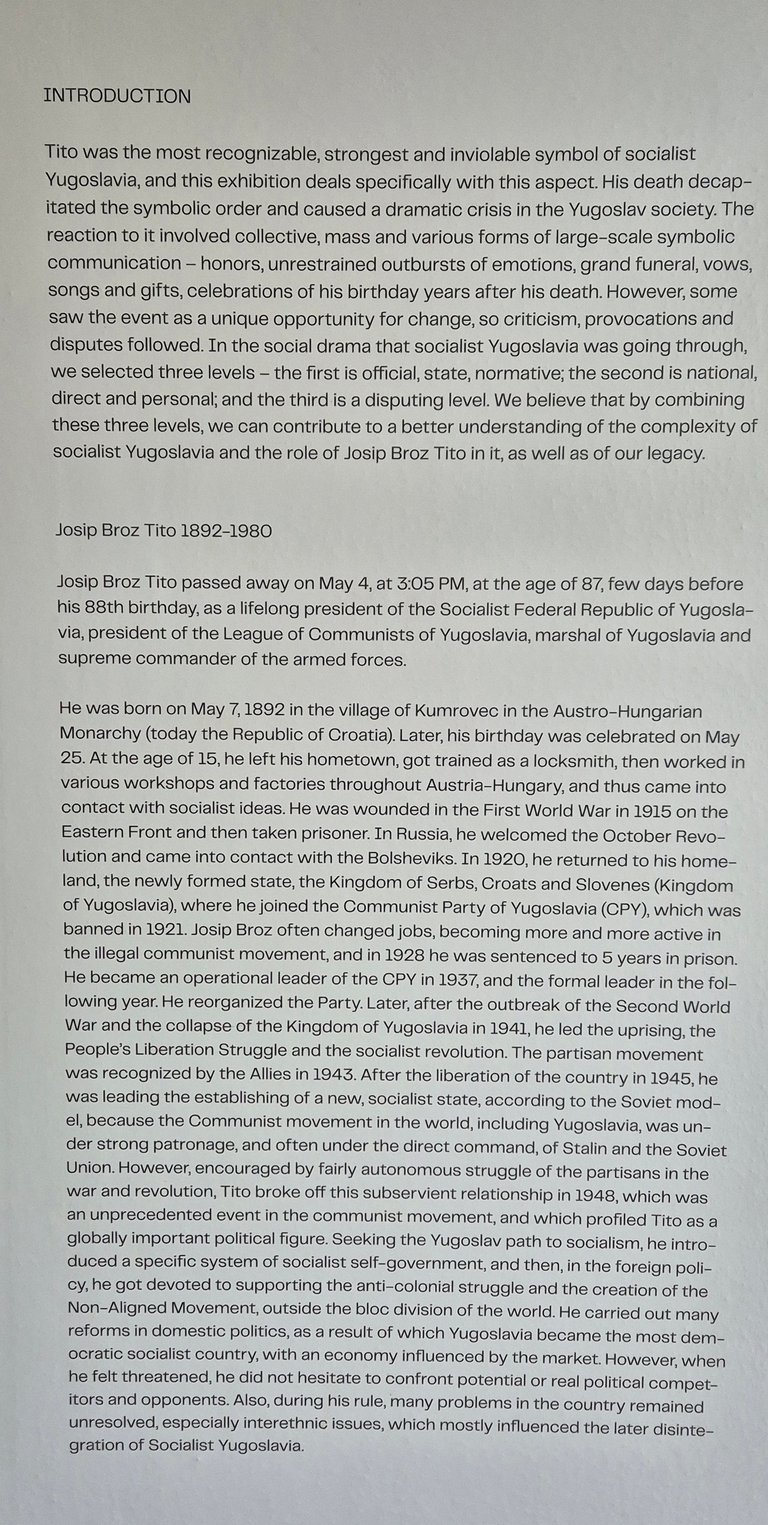
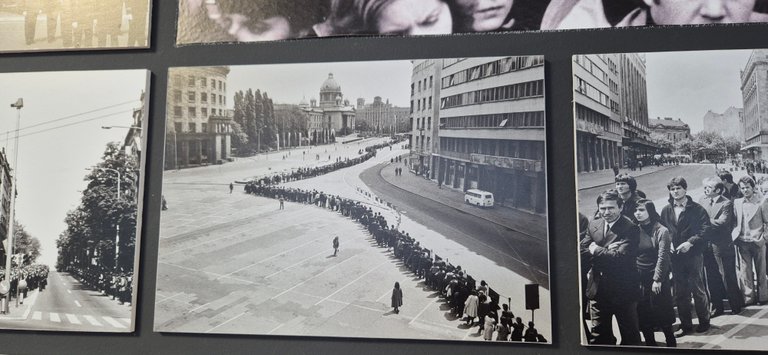
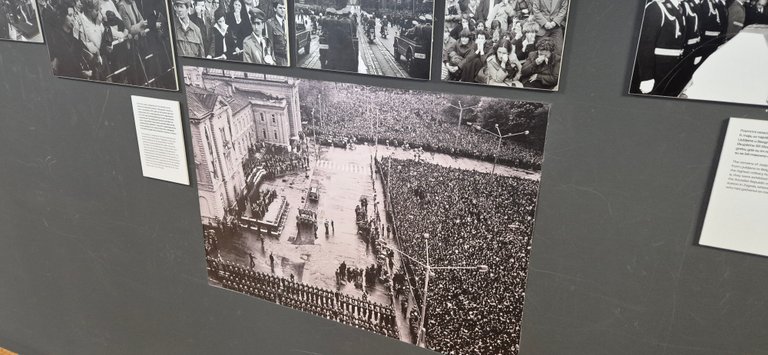
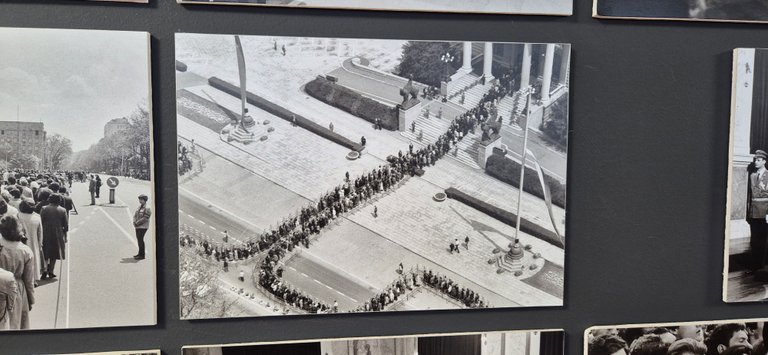
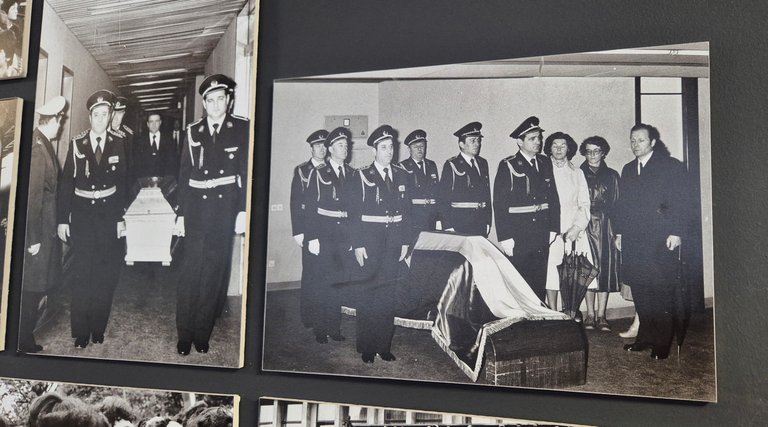
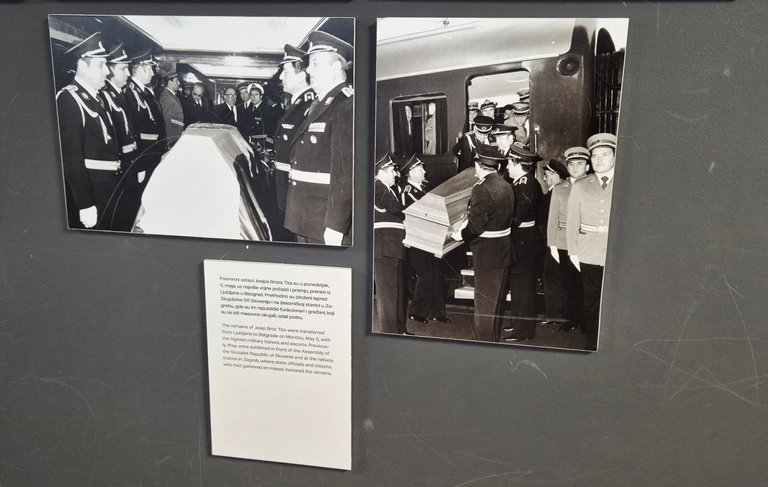
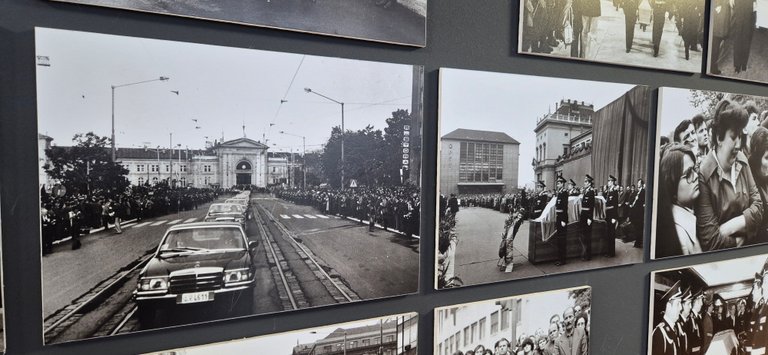
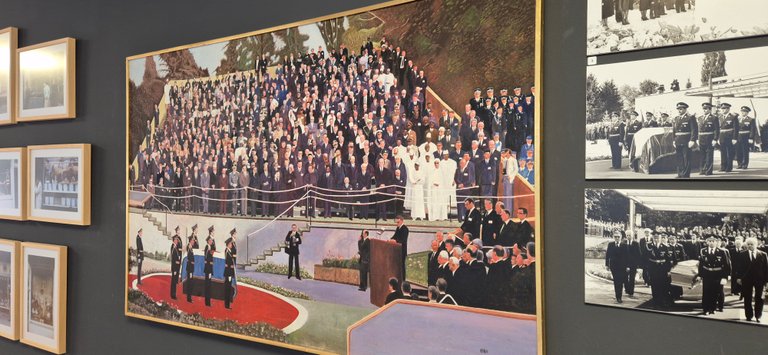
Only from the pictures and newspaper articles displayed in his former office, I can now understand how respected he was throughout the world.
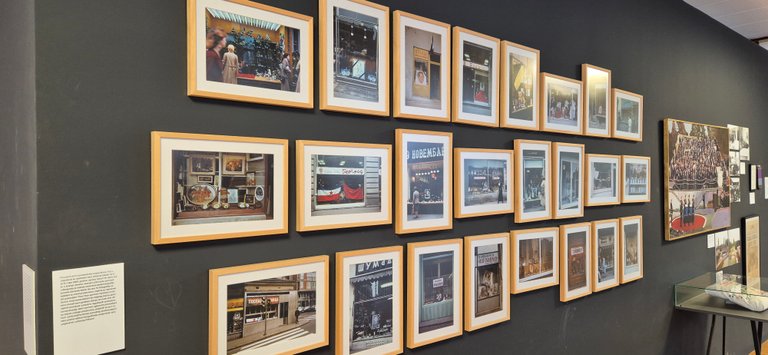
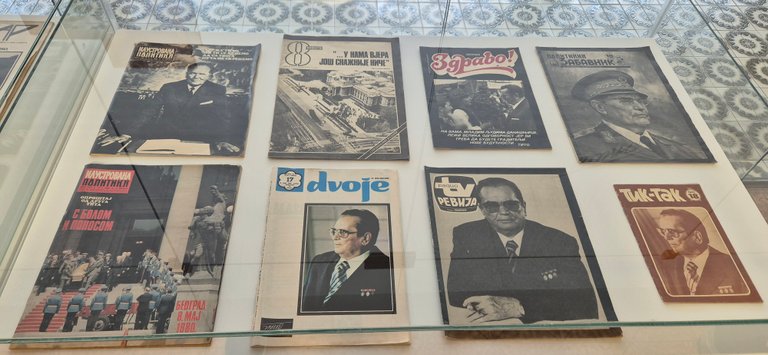
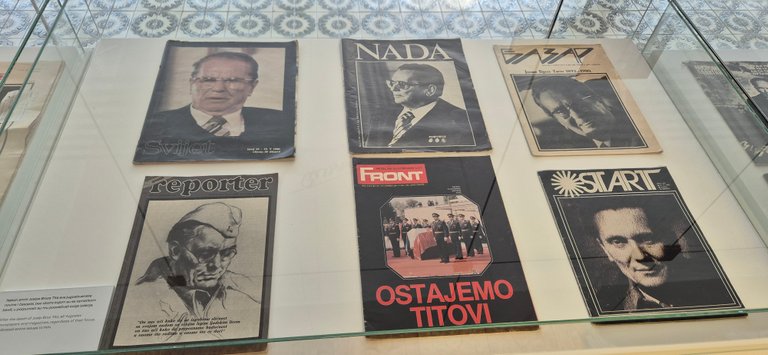
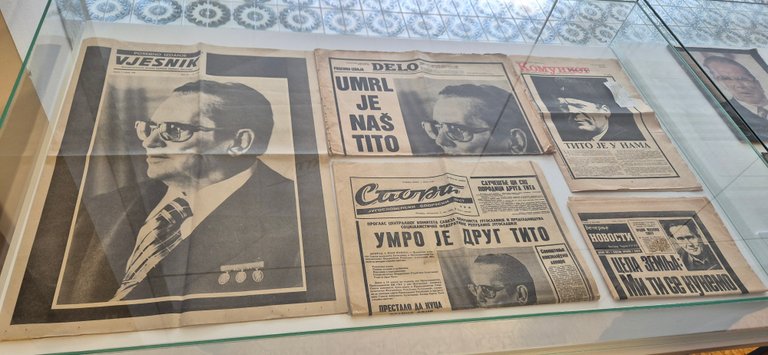
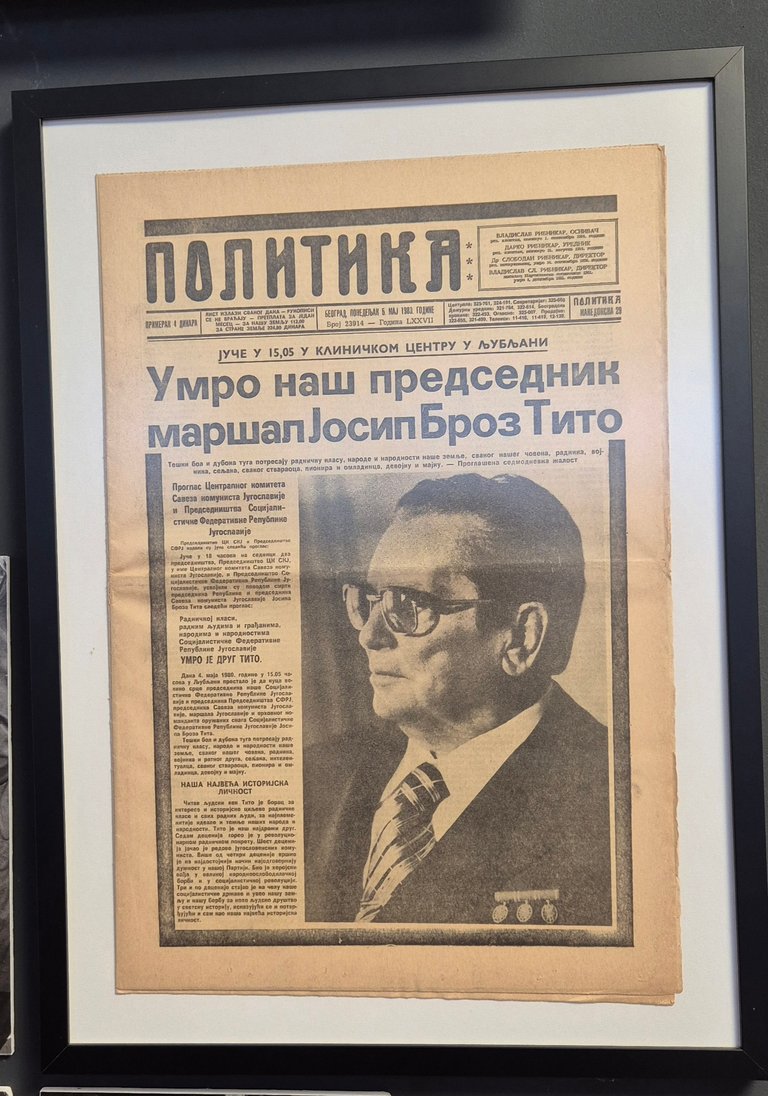
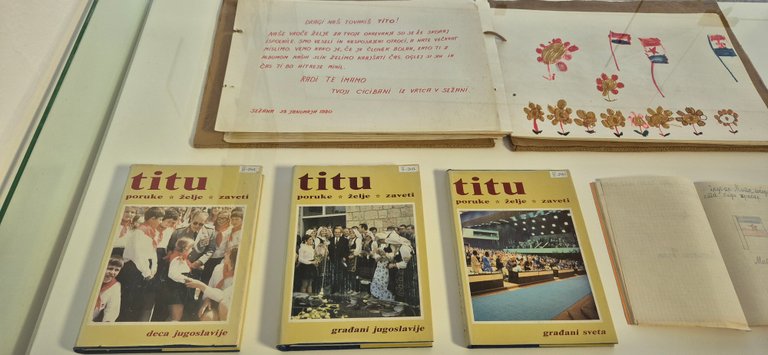
Whether and how much respect he deserved from the people of Yugoslavia for whom he was president for life, some historians and people a little older than me, who lived in that era, probably know better.
I don't know whether he worked to the detriment or to the benefit of the people whose president he was, but from the photos, letters, and journalistic articles displayed in this space, it can be concluded that he was respected both by the citizens and by world statesmen (some more, some less).
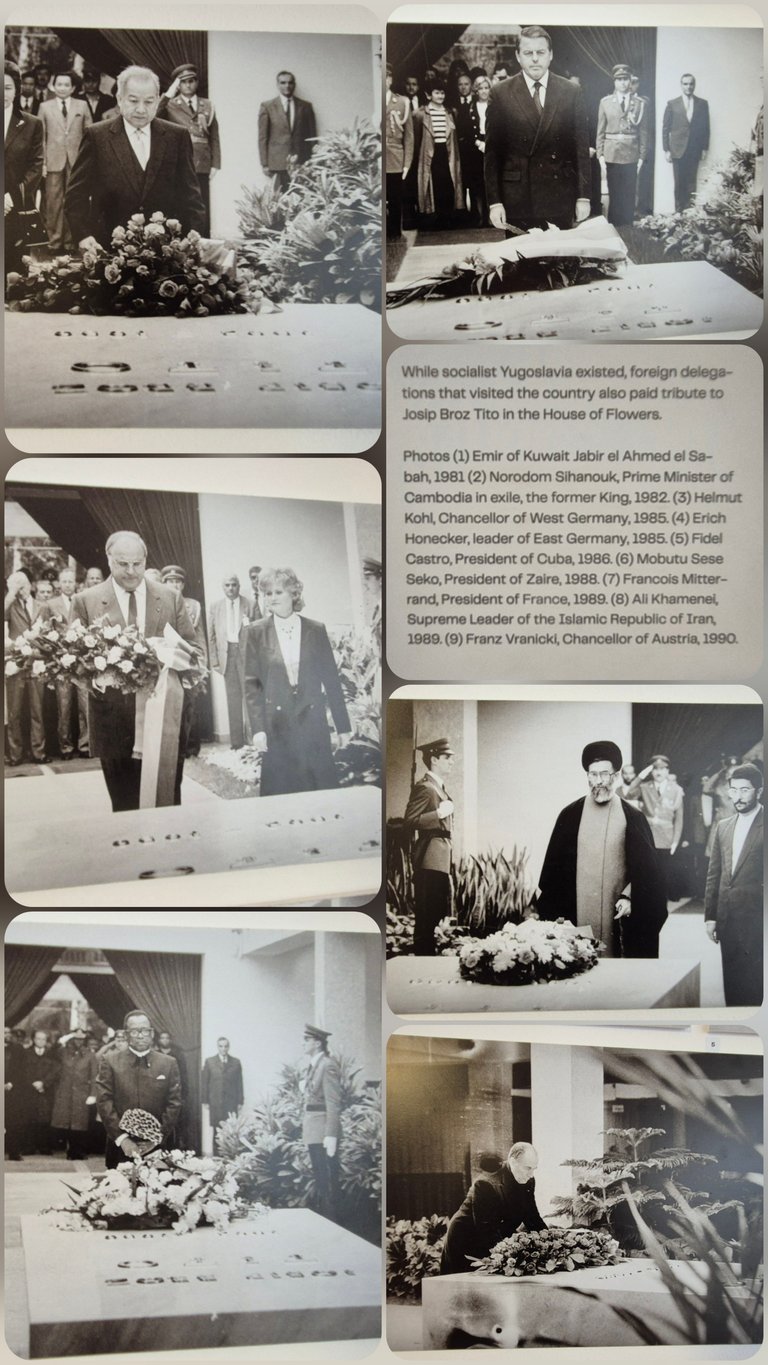
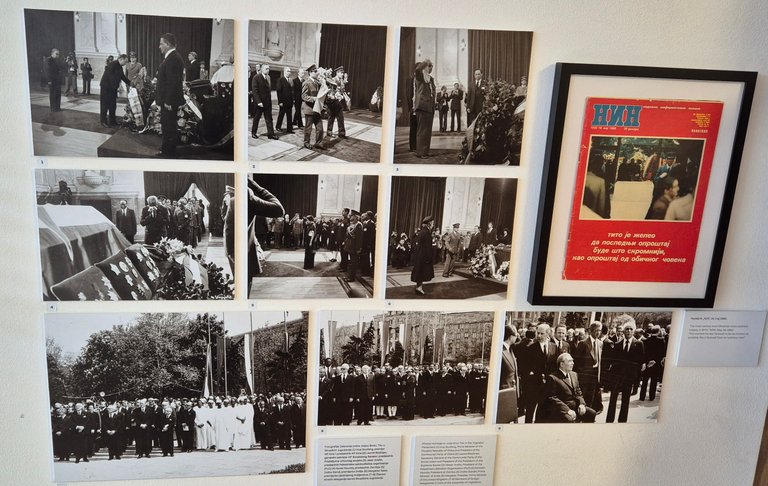
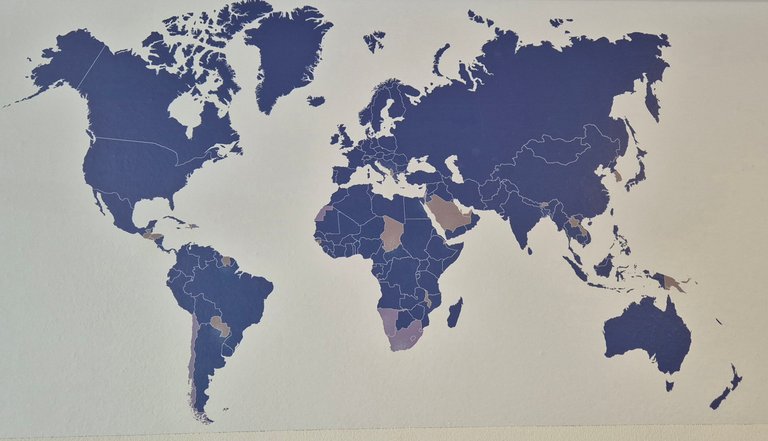
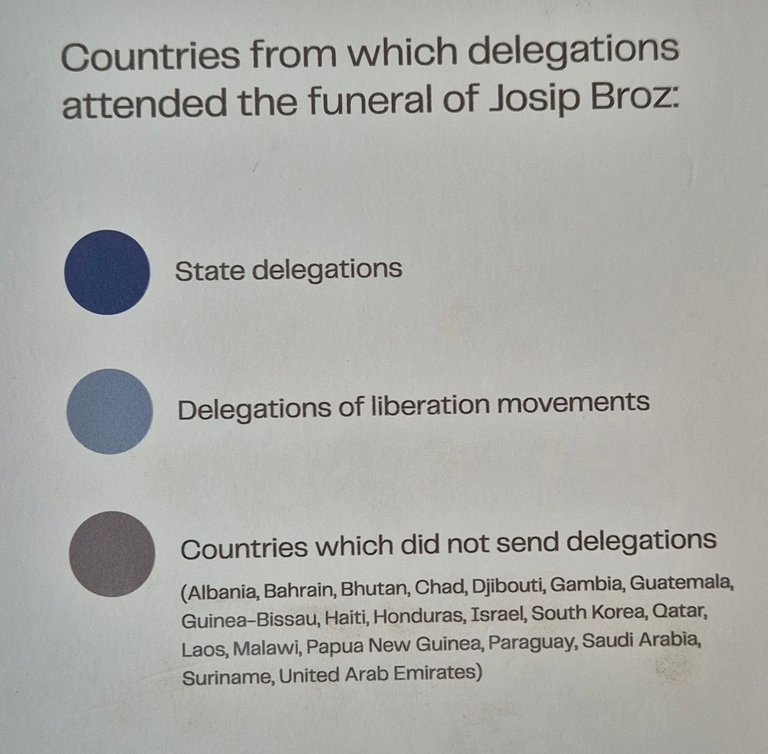
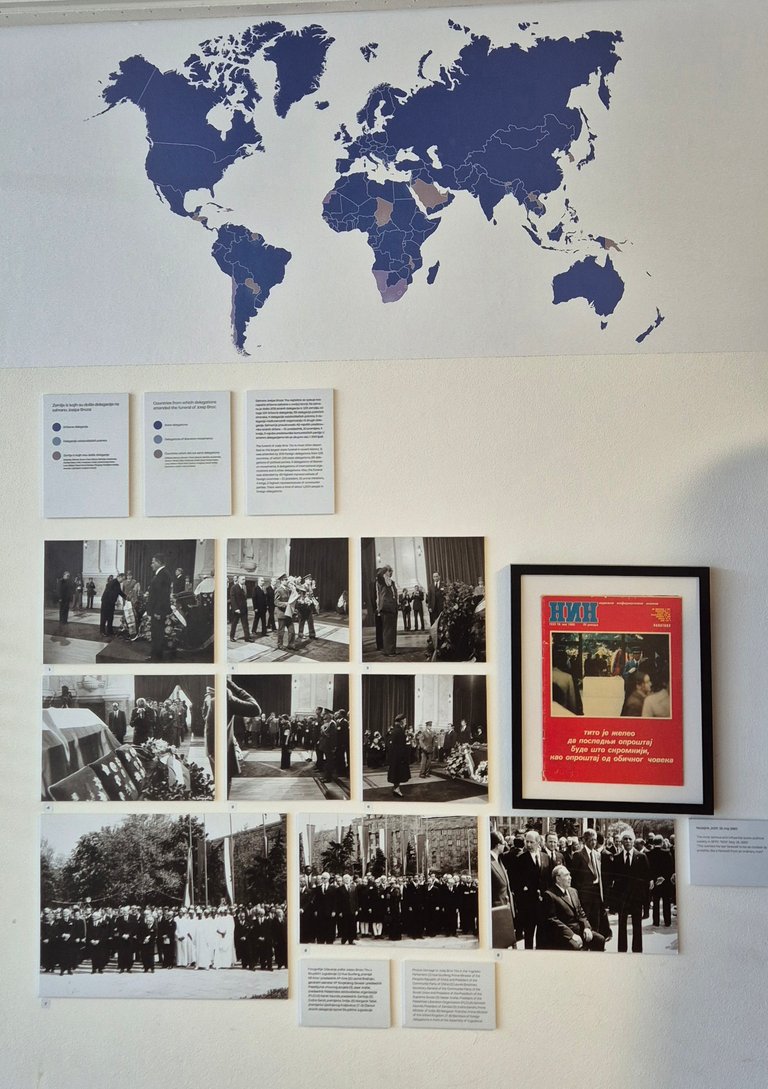
A lot of letters and personal messages with wishes for a speedy recovery, some of the state documents marked "state secret", some photographs from the hospital in Ljubljana where he was treated and where he died, a picture and timetable of the blue train that took his body from Ljubljana to Belgrade, and framed pictures that were in every public institution, as well as a message that was read on May 4, 1980 on the day of his death, were exhibited.
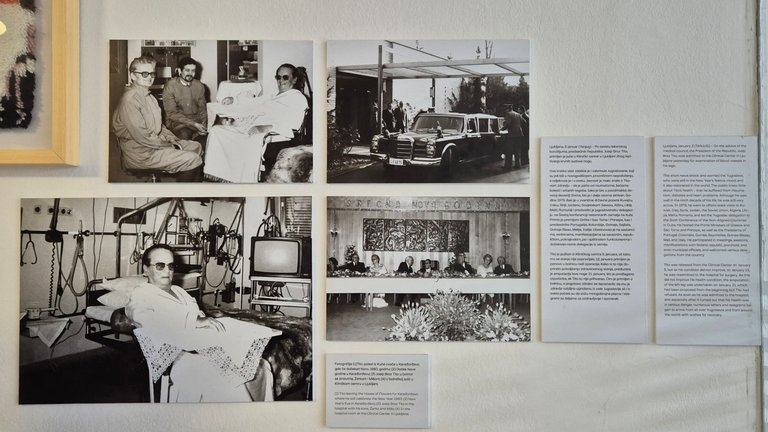
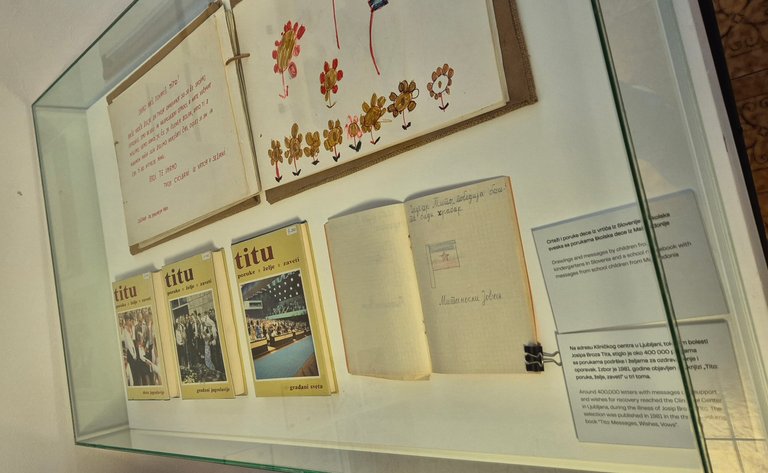
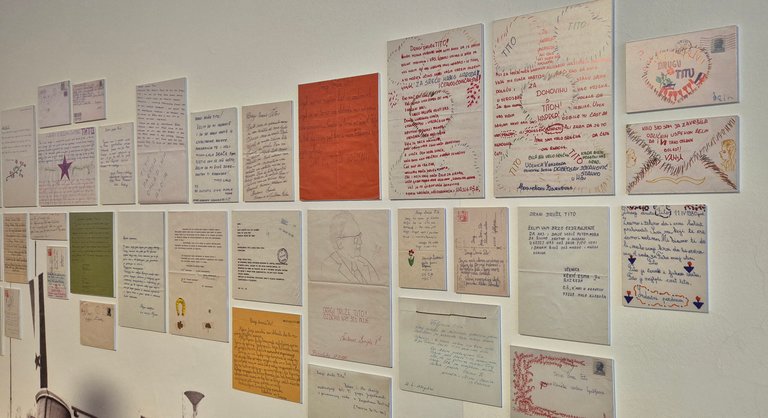
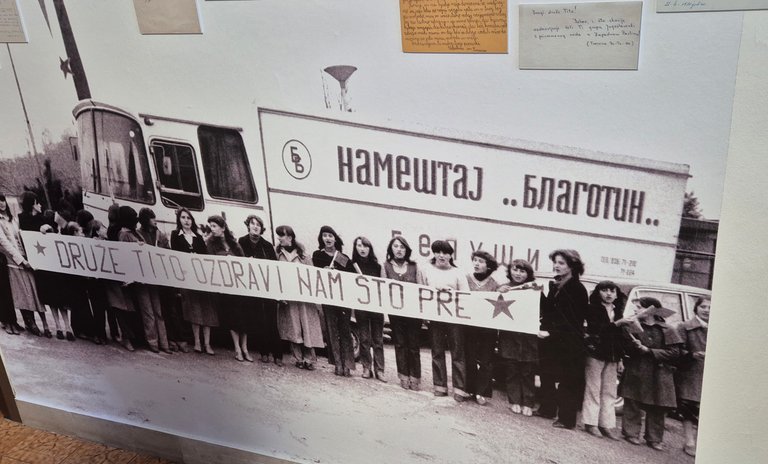
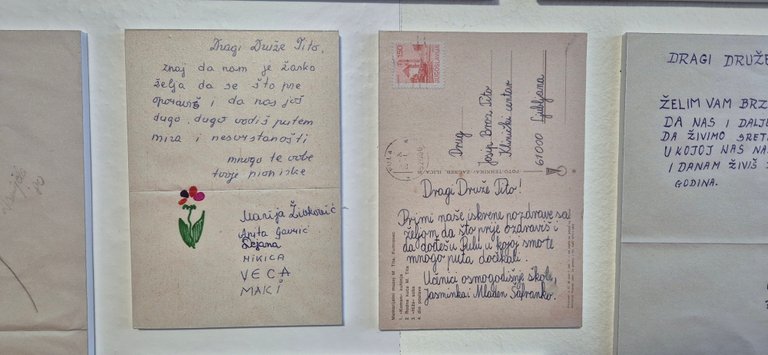
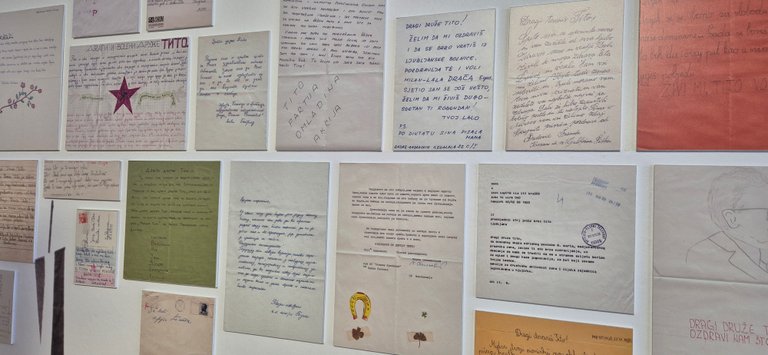
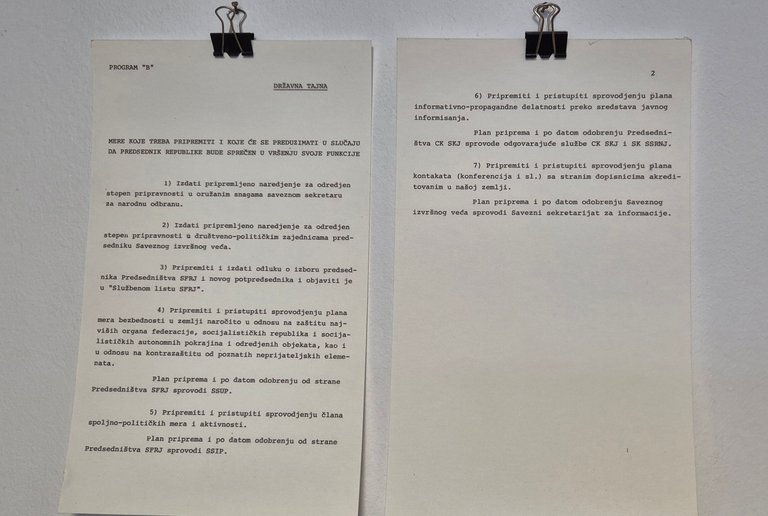
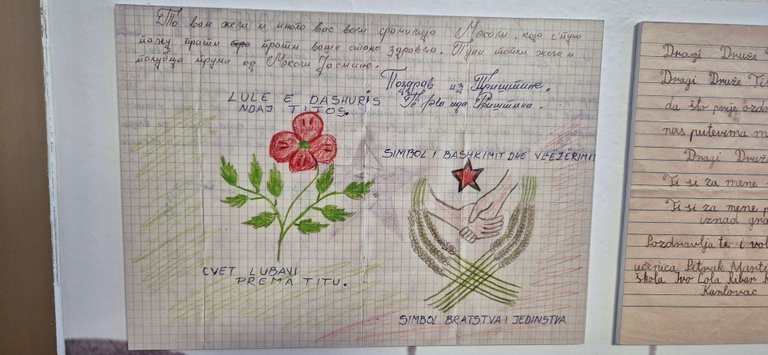
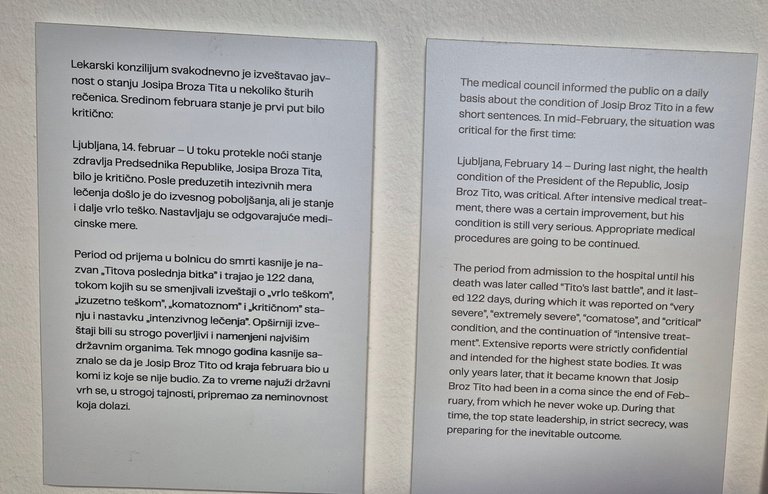
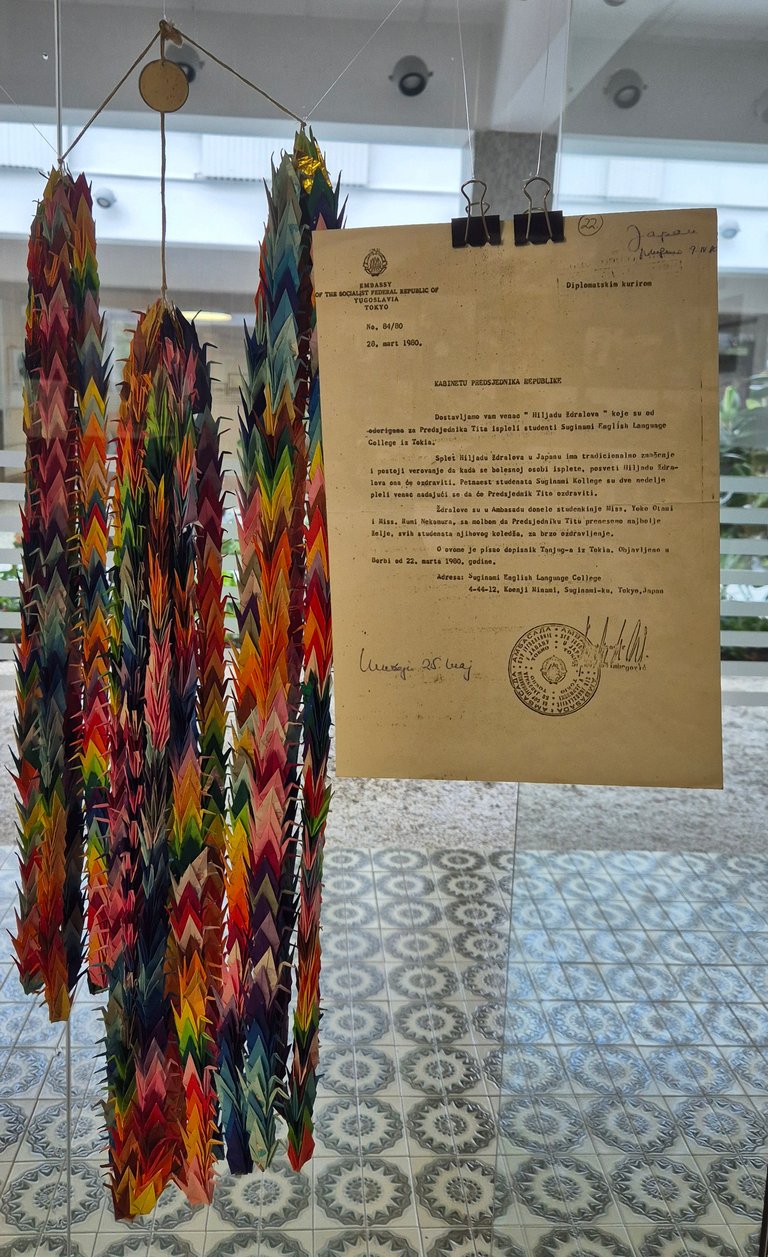
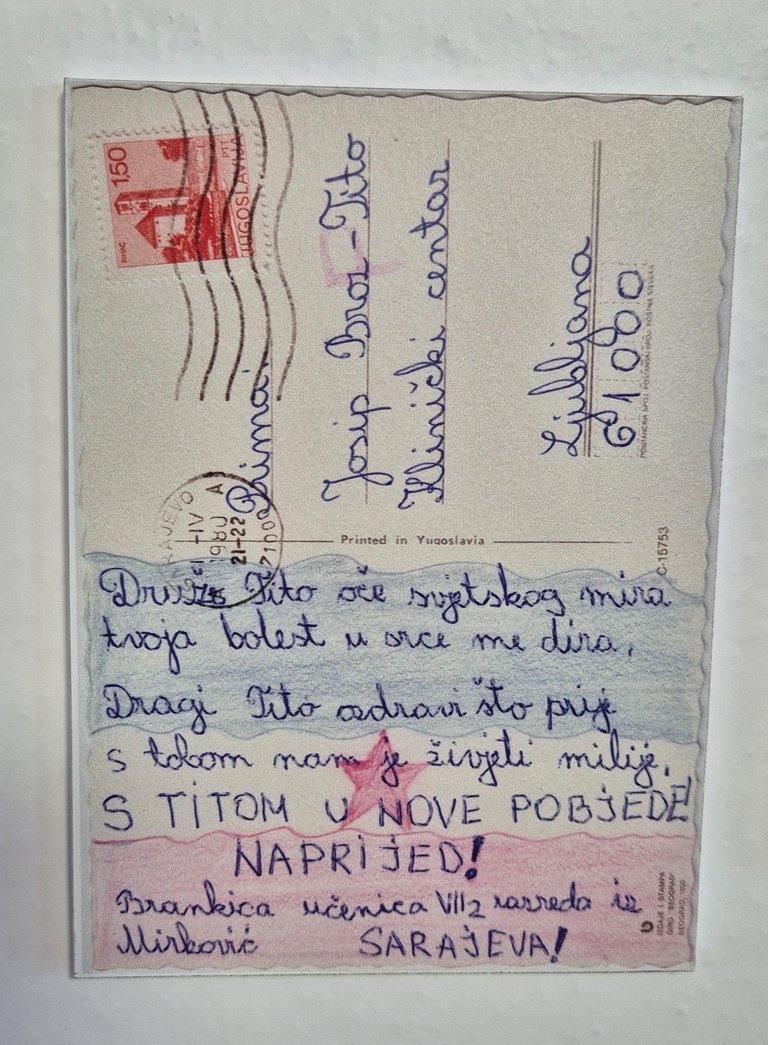
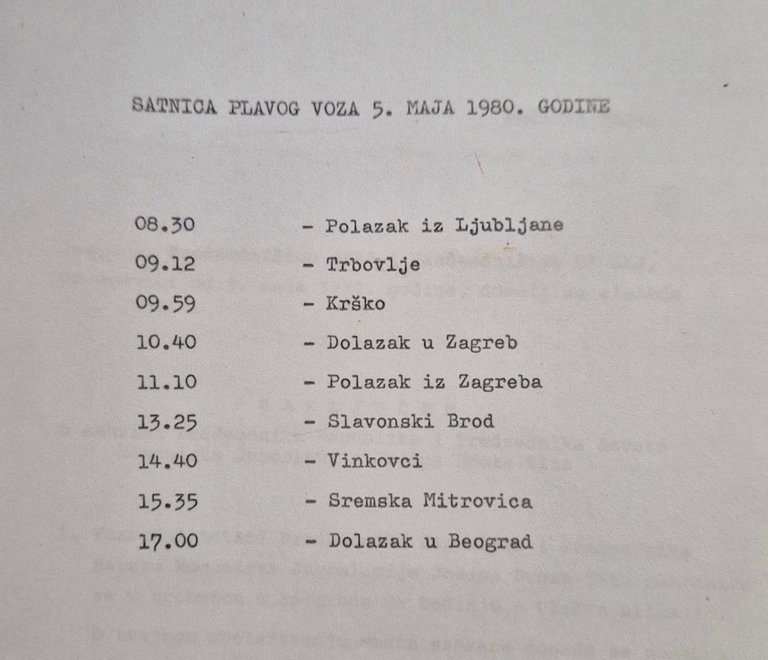
Personally, in this space, apart from the commemorative plaque, which is a marble monolith, I liked the cabinet - the library as well as its desk made of carved solid wood.
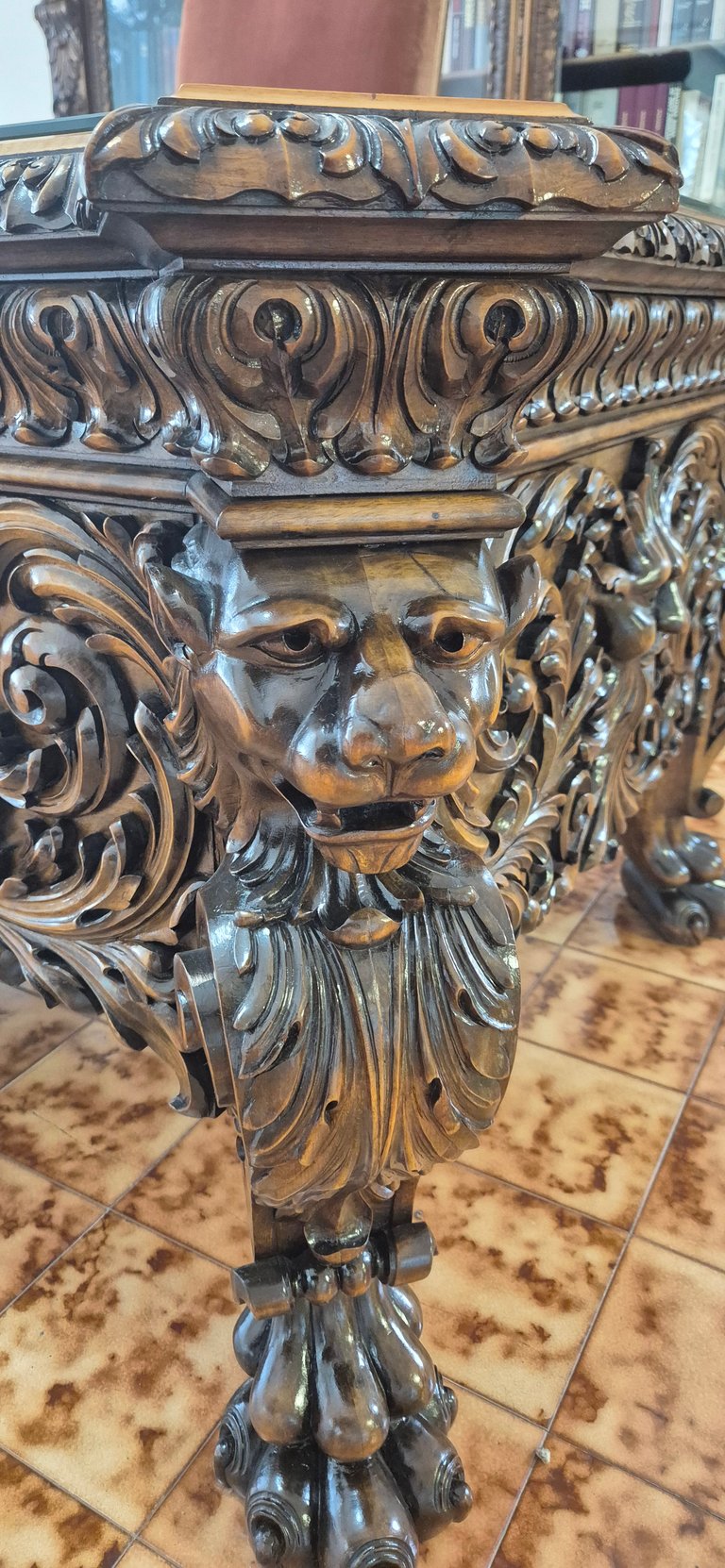
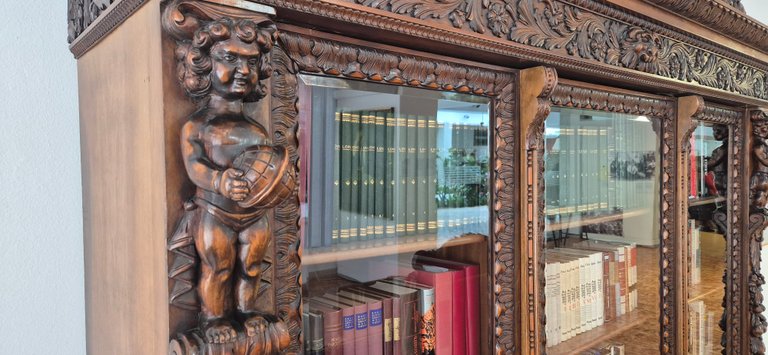
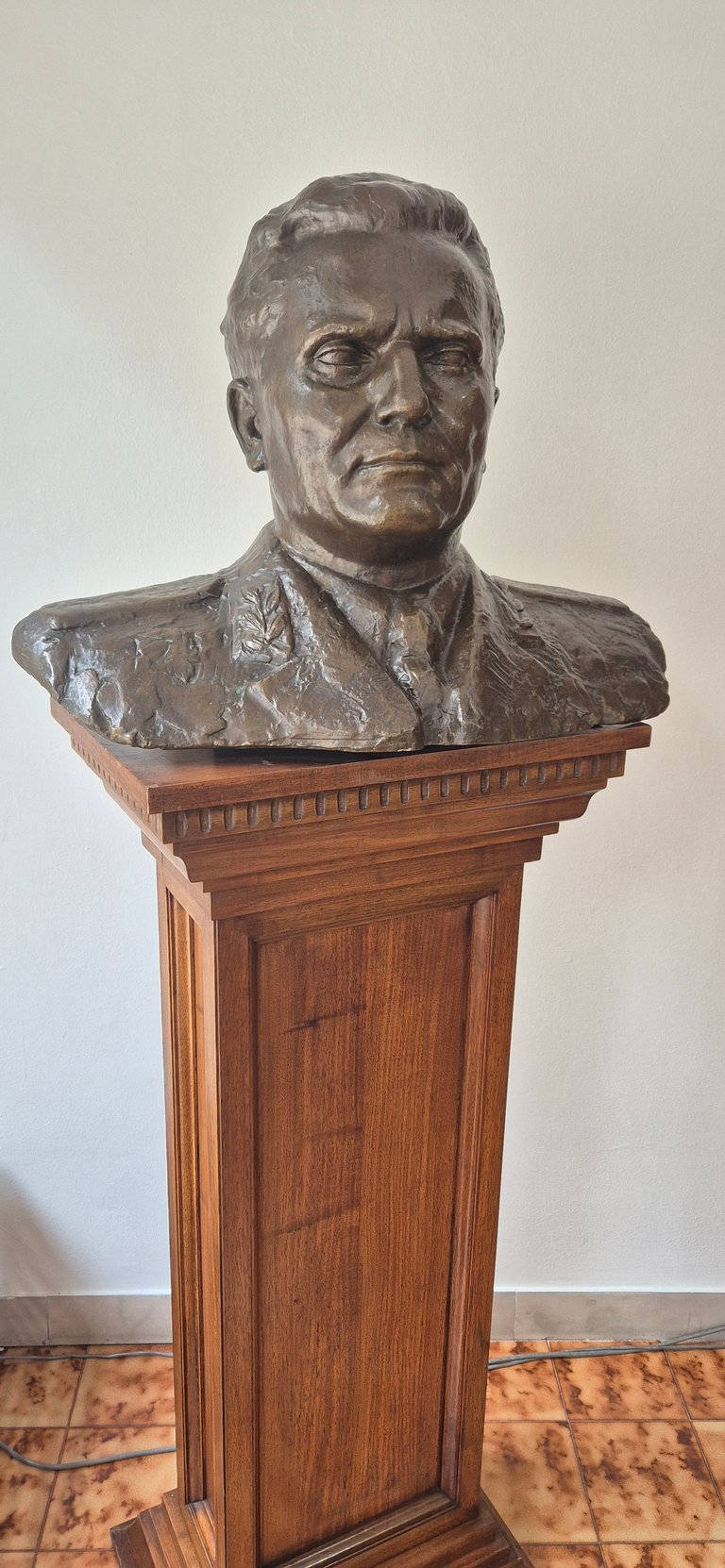
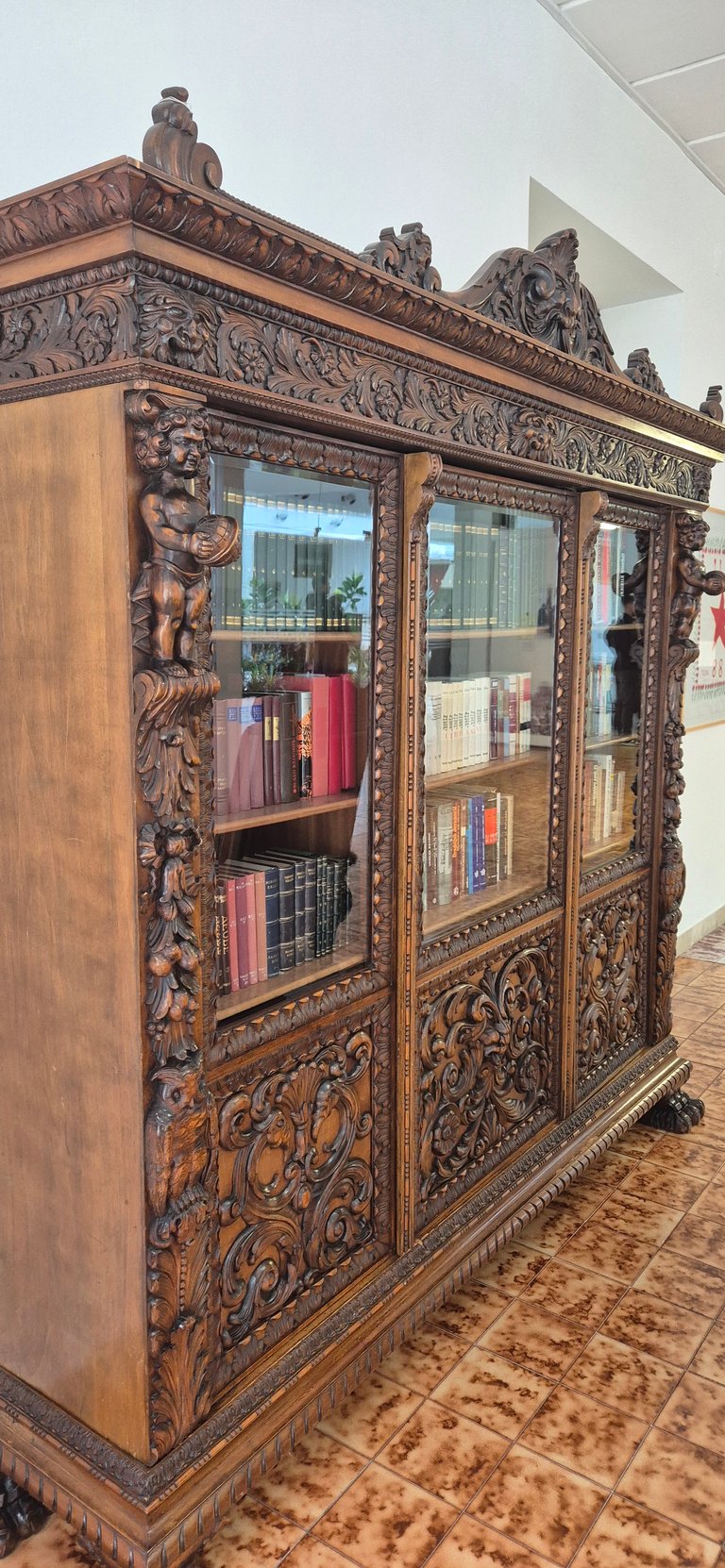
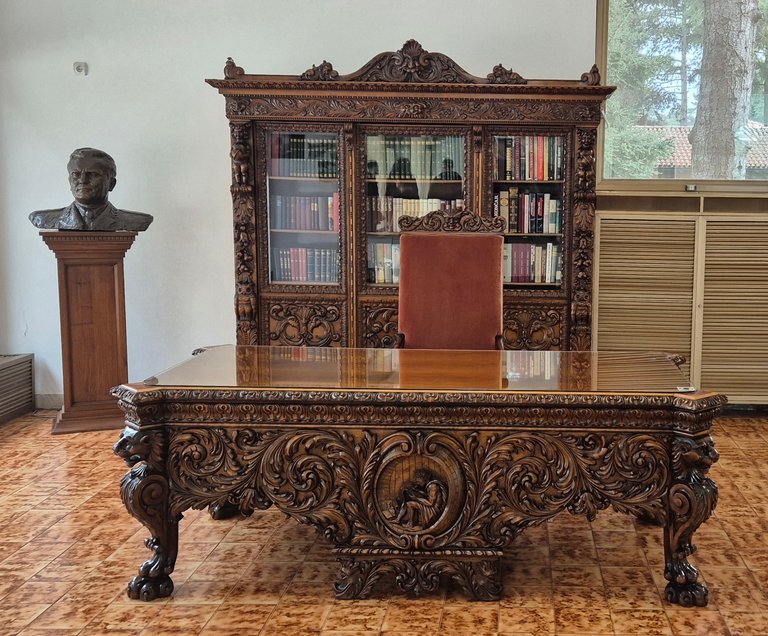
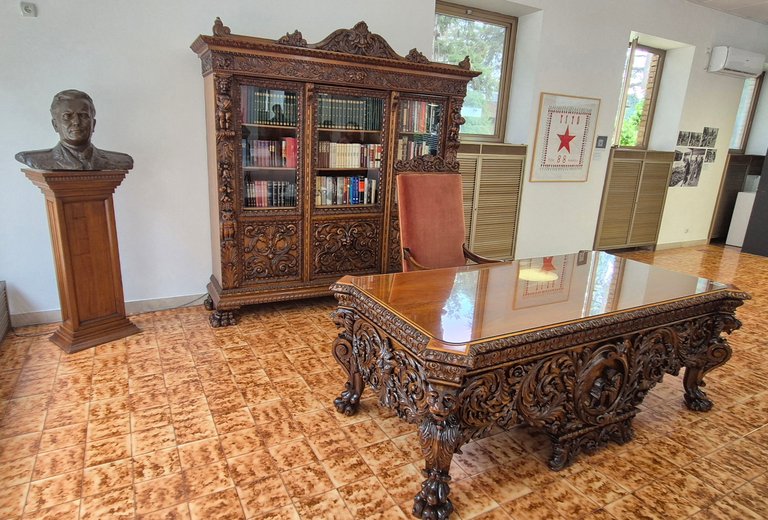
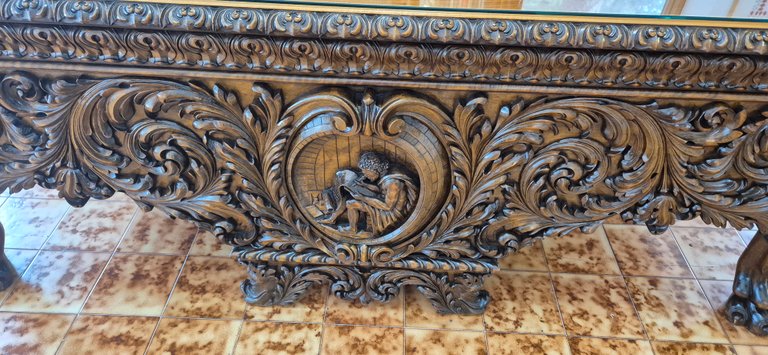
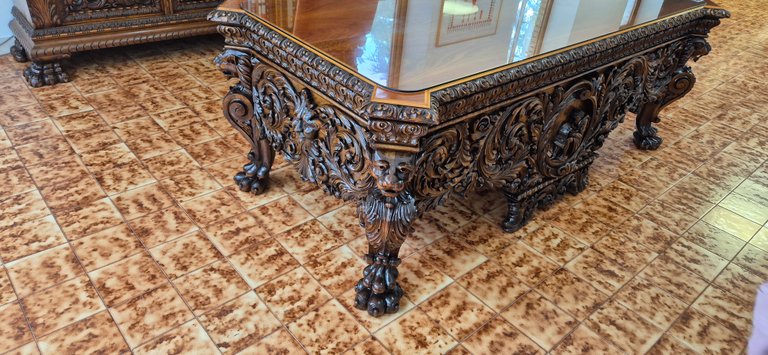
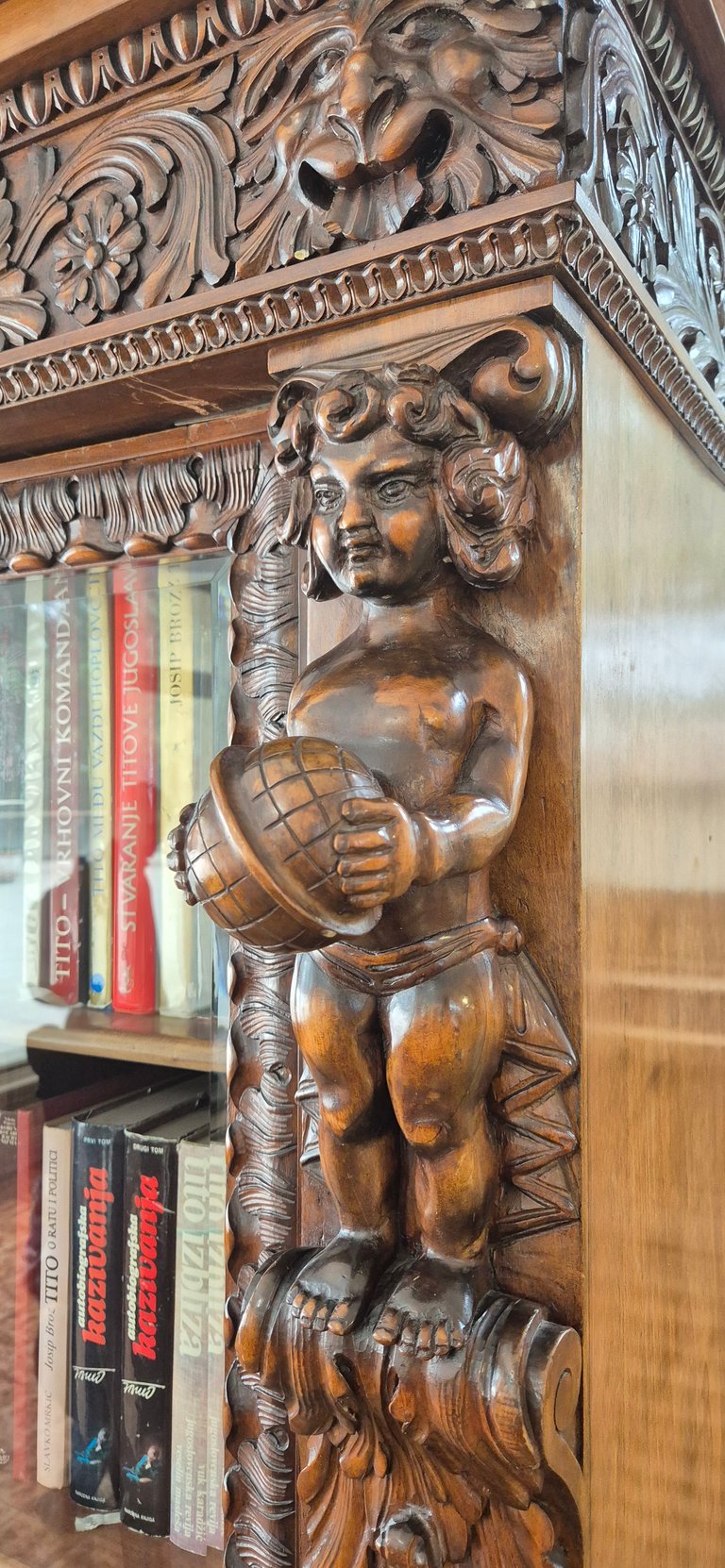
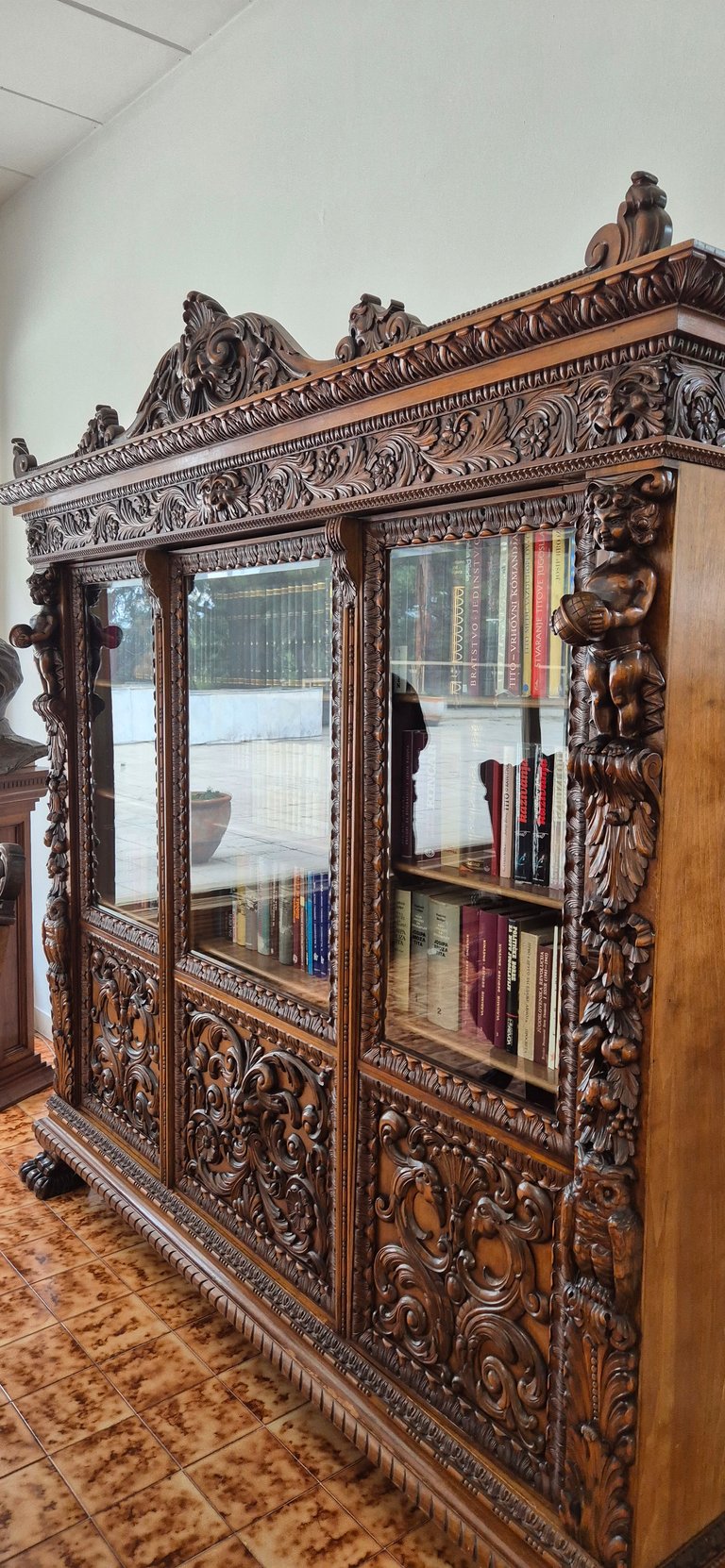
On the opposite side of the space where his desk is now displayed, there are parts of destroyed busts, which were victims of the change in people's consciousness in the early nineties.
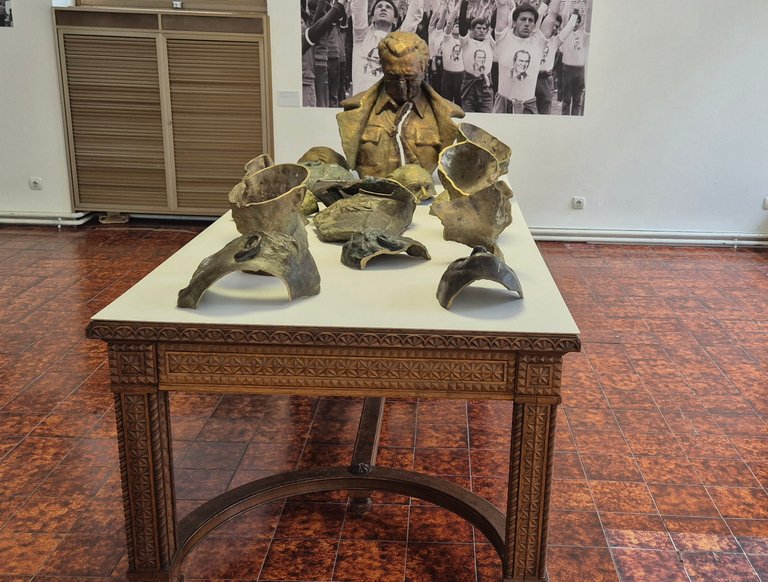
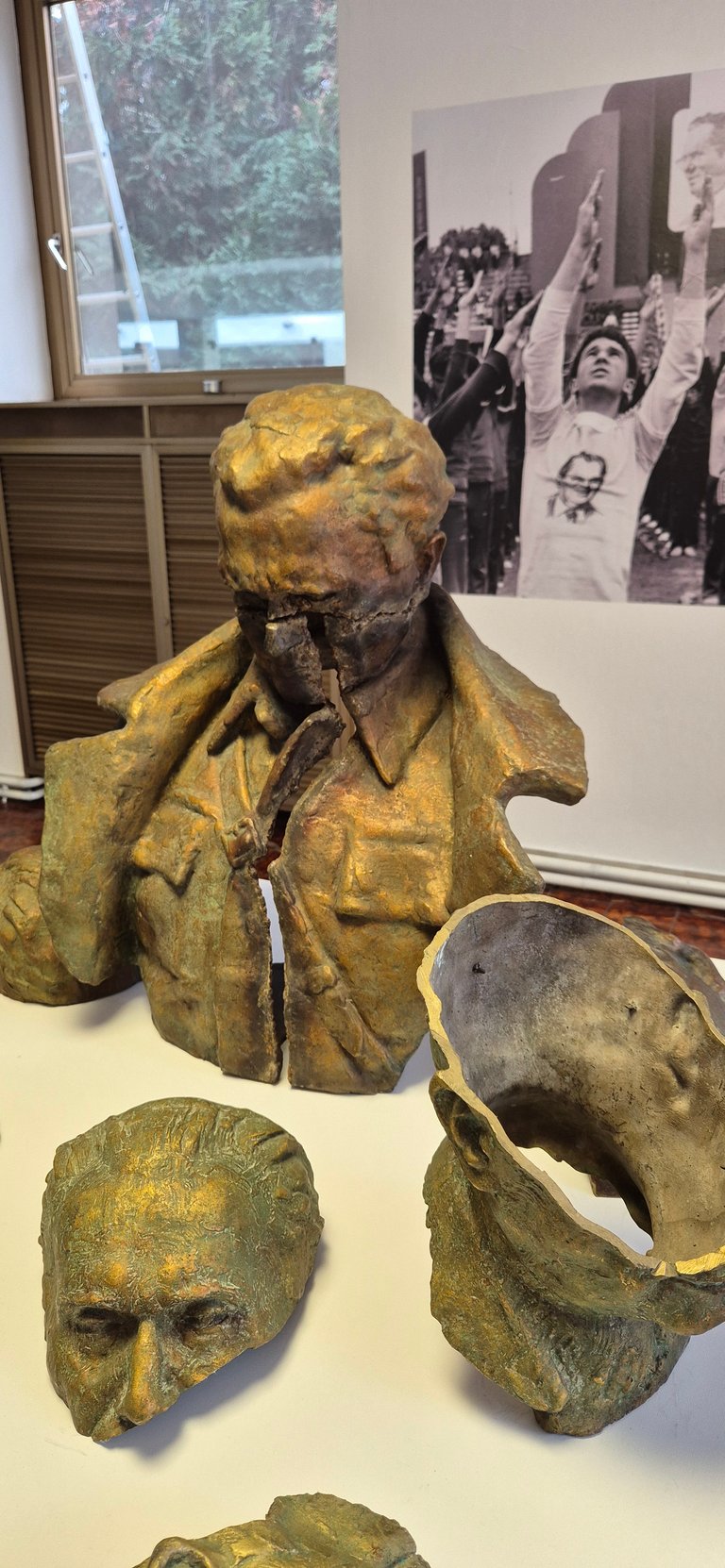
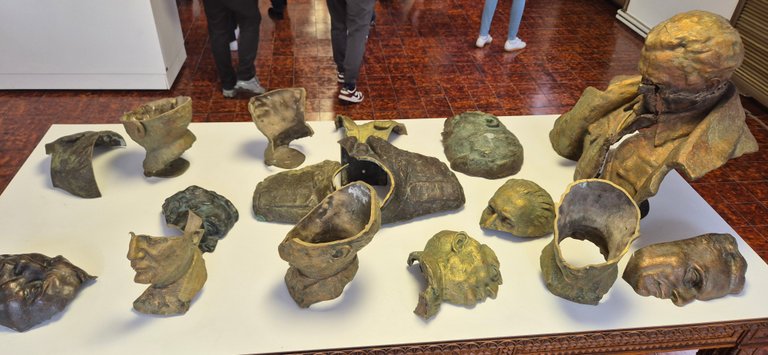
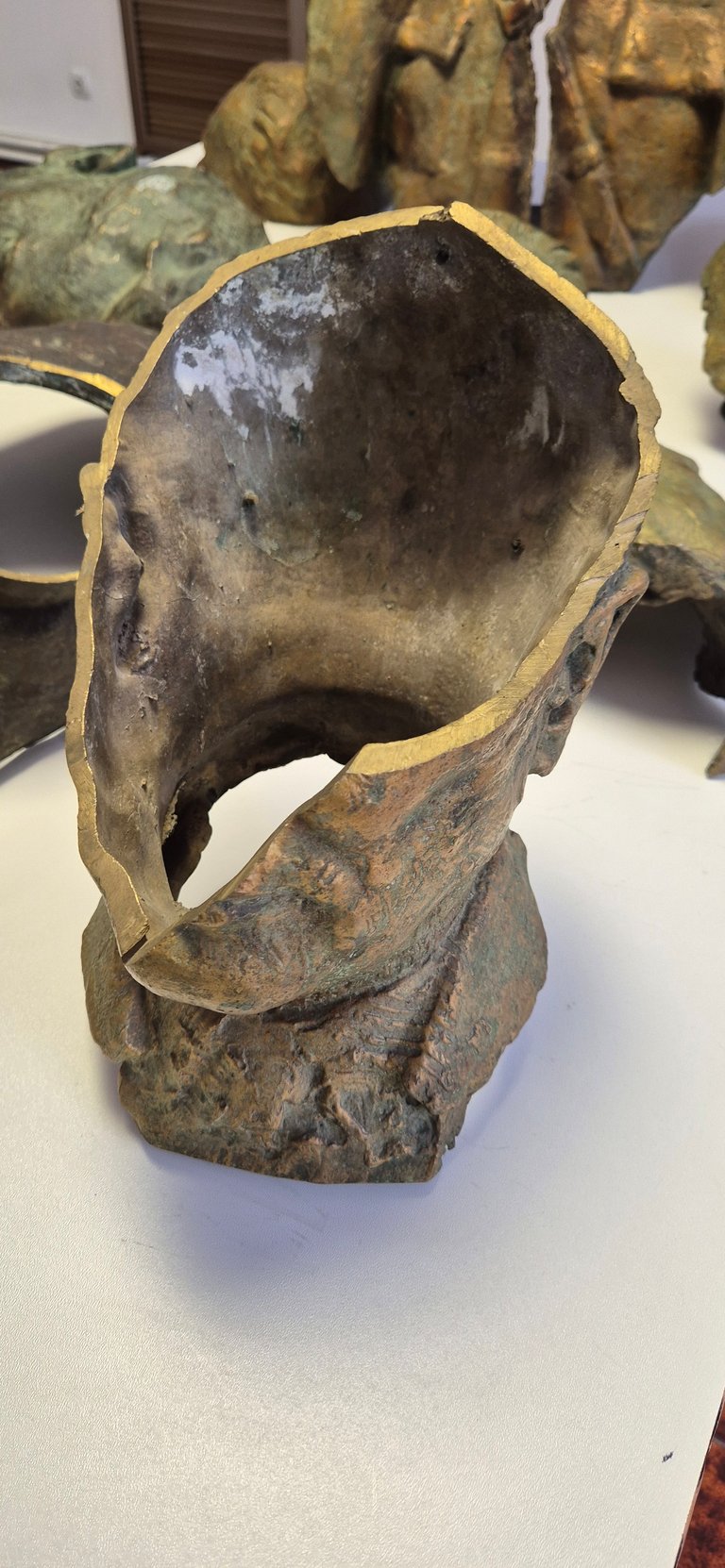
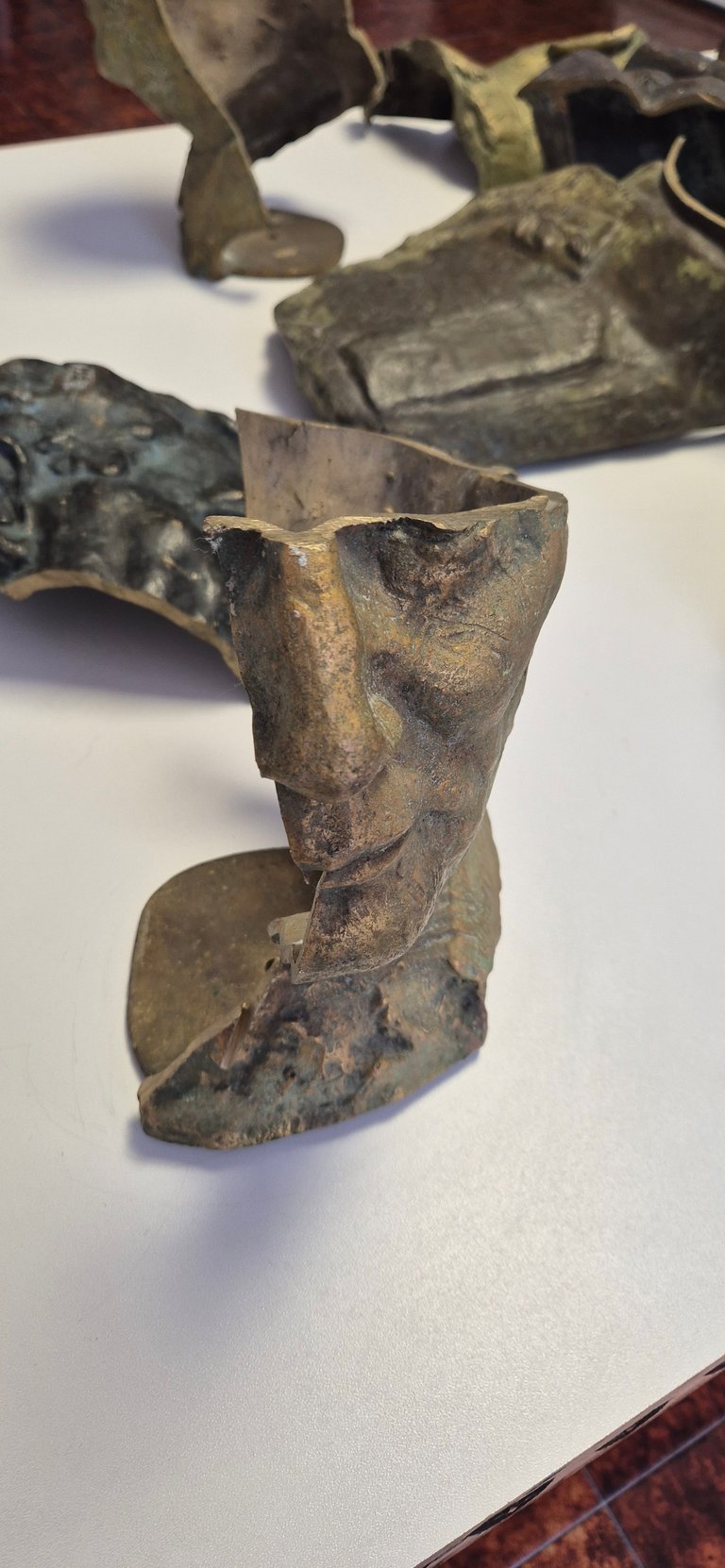
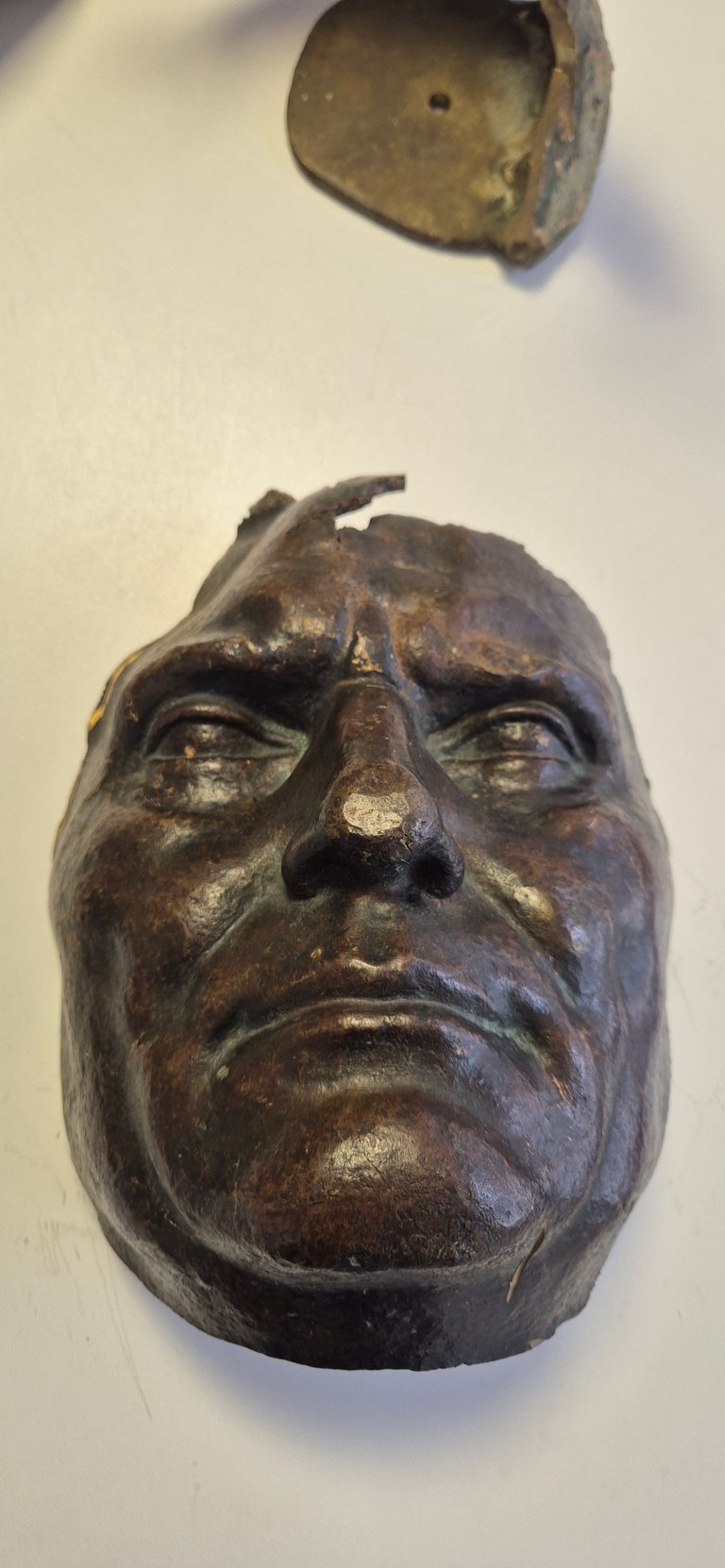
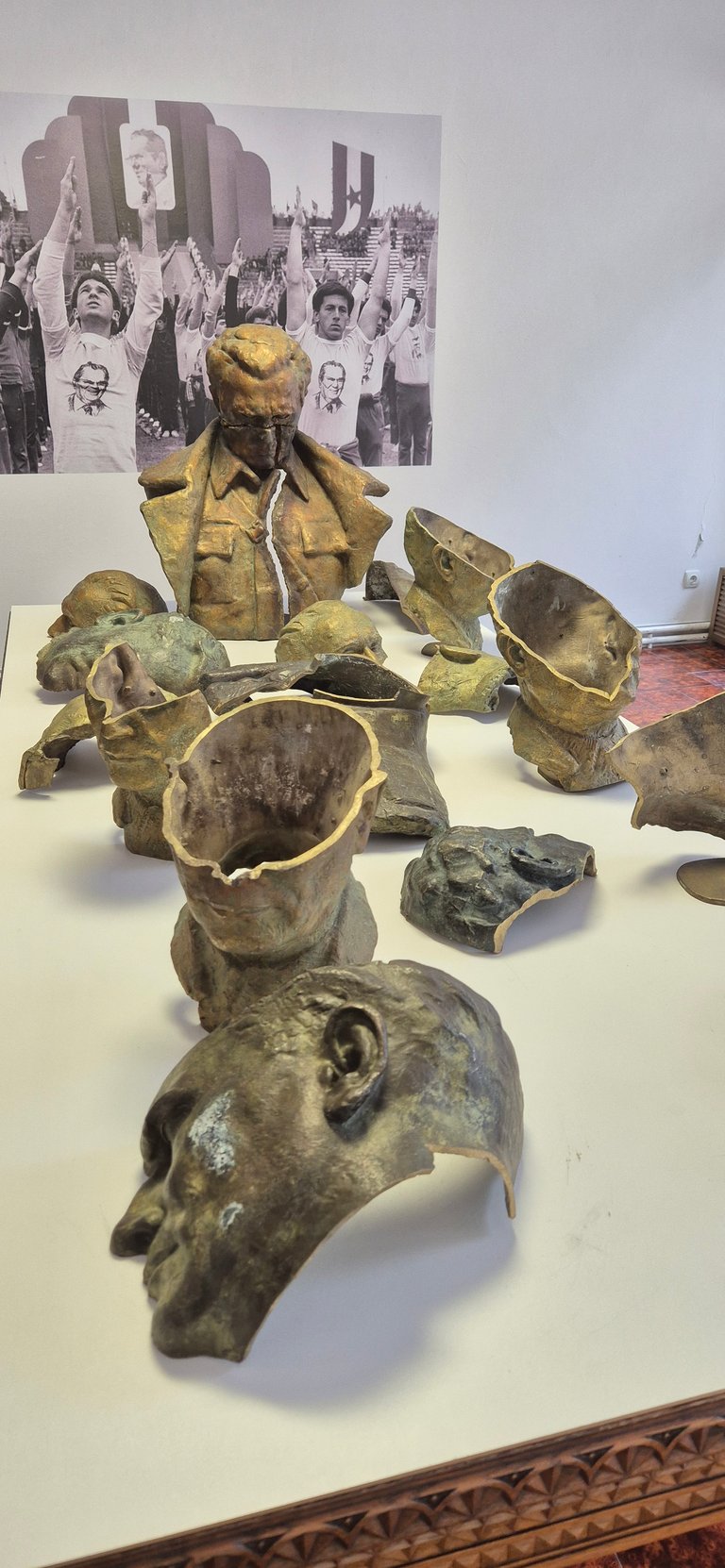
It is interesting that one of the largest busts (monuments) of Tito, which was placed in what was then Tito's Užice (today only Užice), was removed and is located in the courtyard of the Užice Museum, and relatively recently a new bust of Tito was placed in Podgorica, in Montenegro, the former Titograd.
One like this, like in the yard of the memorial center, is also in Tito's native Kumrovac.
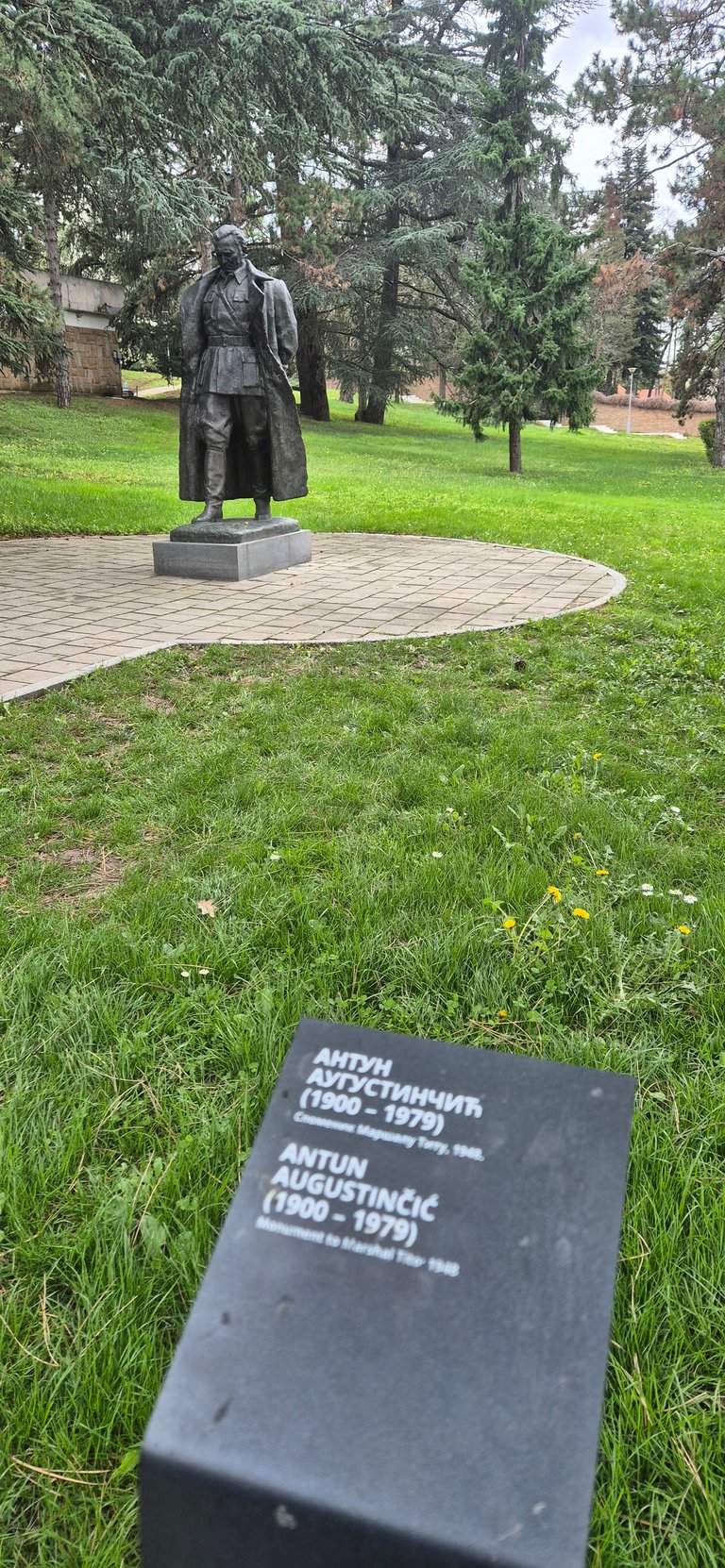
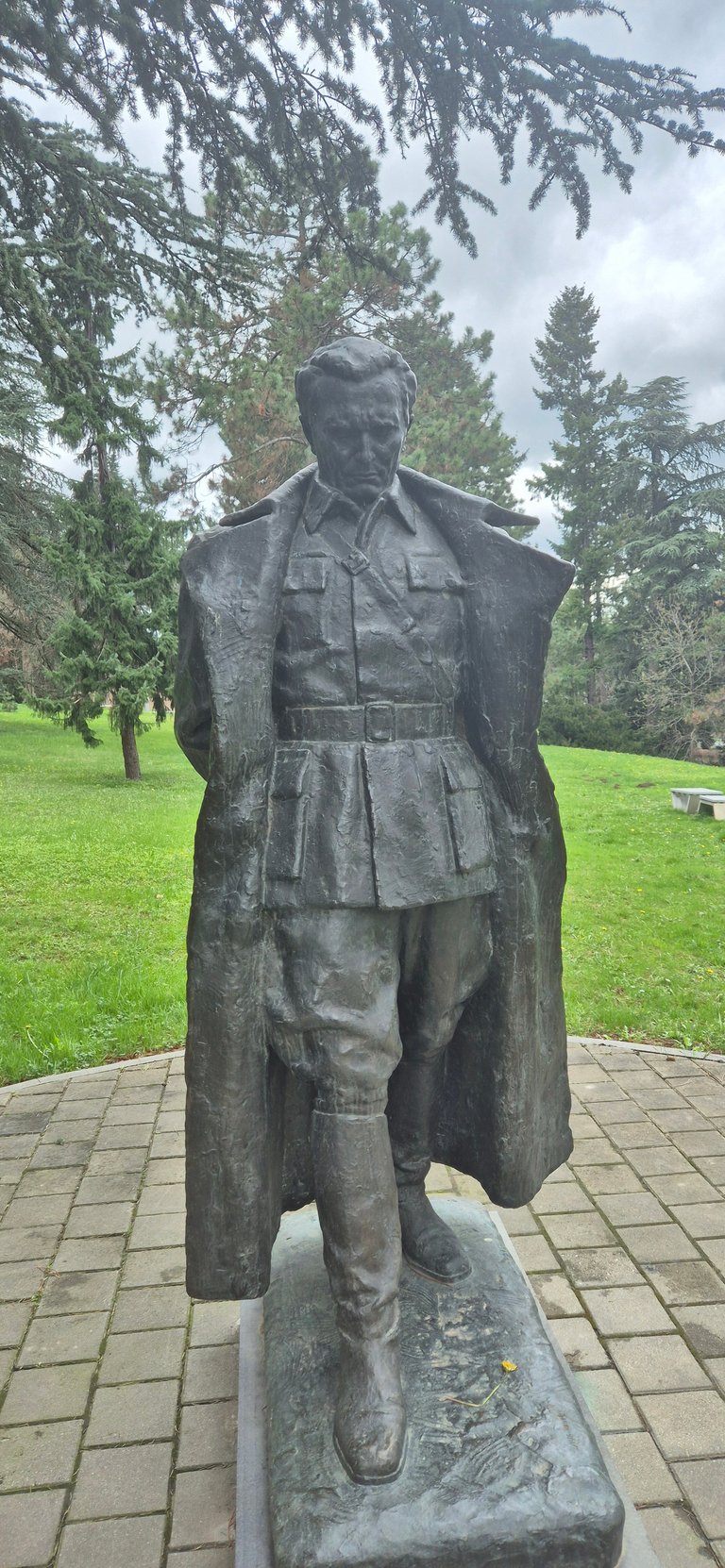
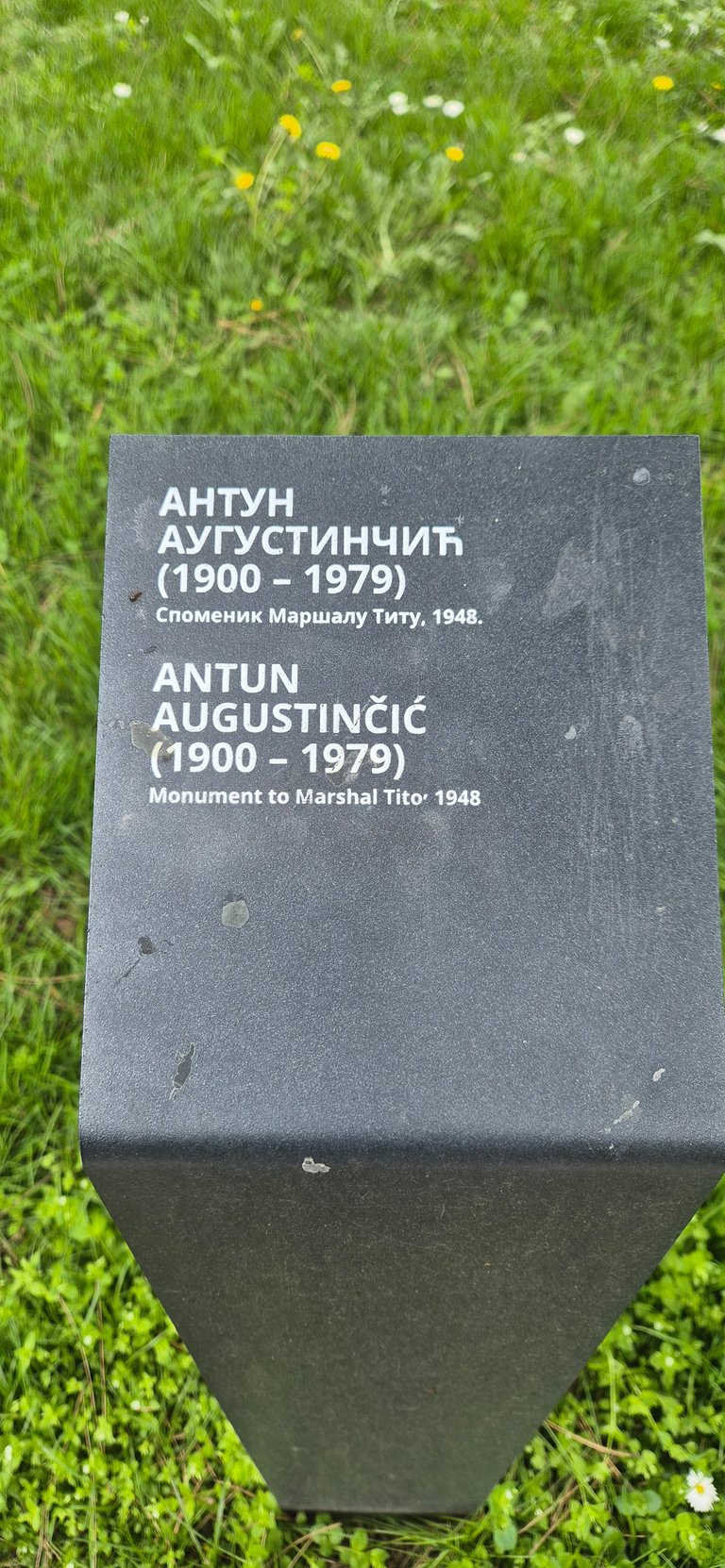
In addition to the display related to his illness, death and funeral, in another part of the exhibition space, there is a display of another holiday organized in his honor, on the occasion of his birthday, when the Youth Day is celebrated.
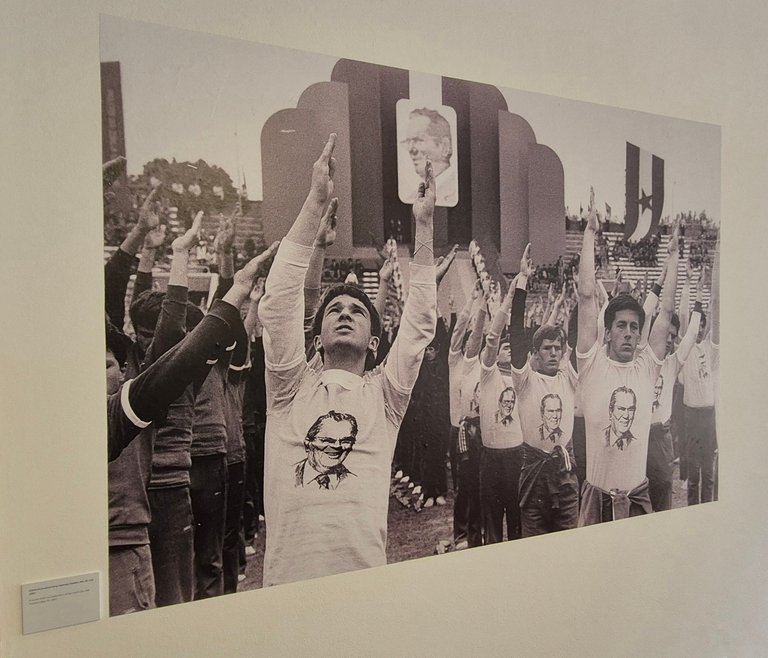
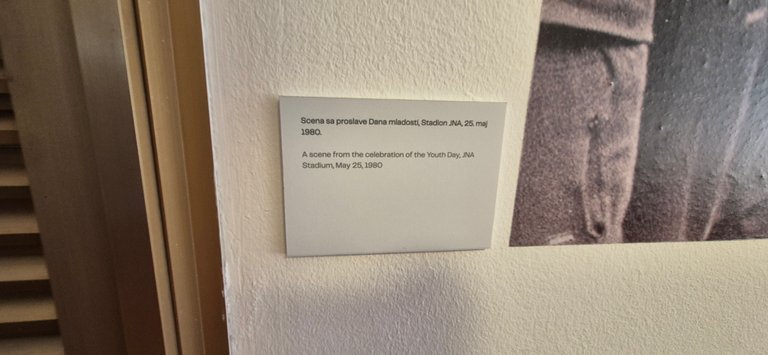
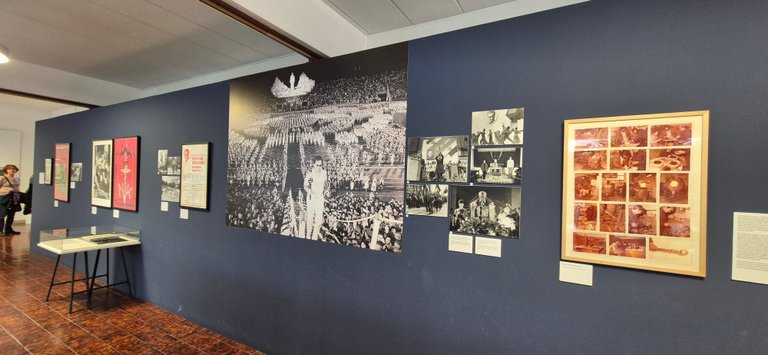
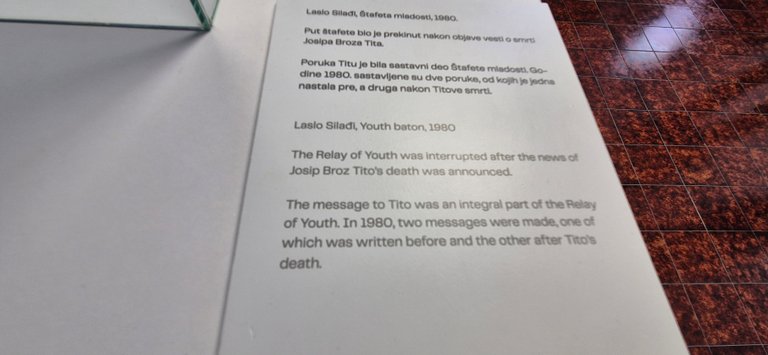

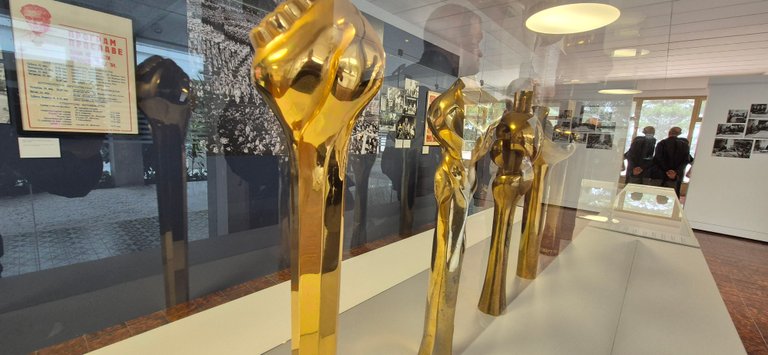
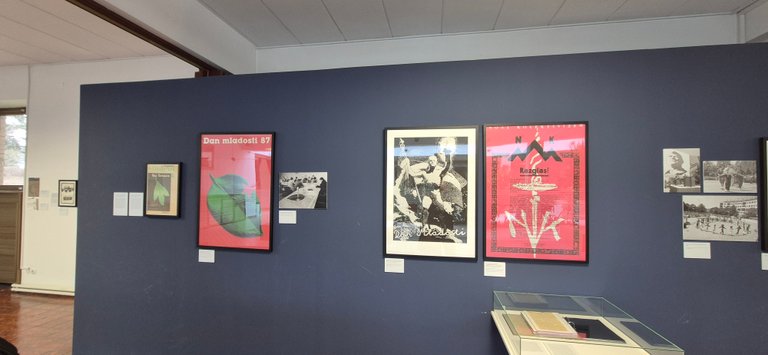

The baton, which was carried all over the country by young men and women, ended its journey each May 25, even after his death, until 1988, at the stadiums where the landings were held.
But in order not to fill this Wednesday only with the story of the Yugoslav leader after World War II, the story of his funeral and with a lot of history, after visiting the closed part, I went out for a walk around the complex, which I often do when I need peace and quiet.
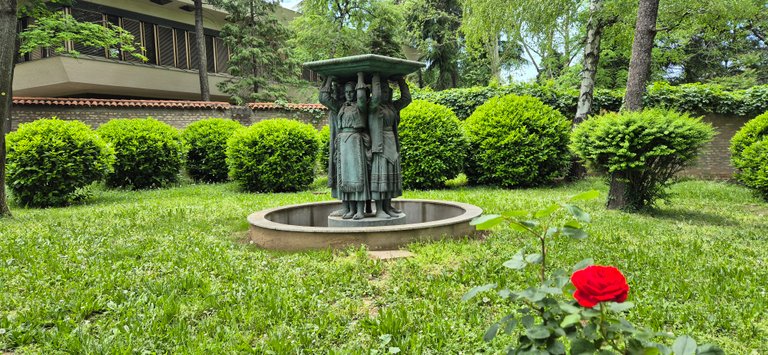
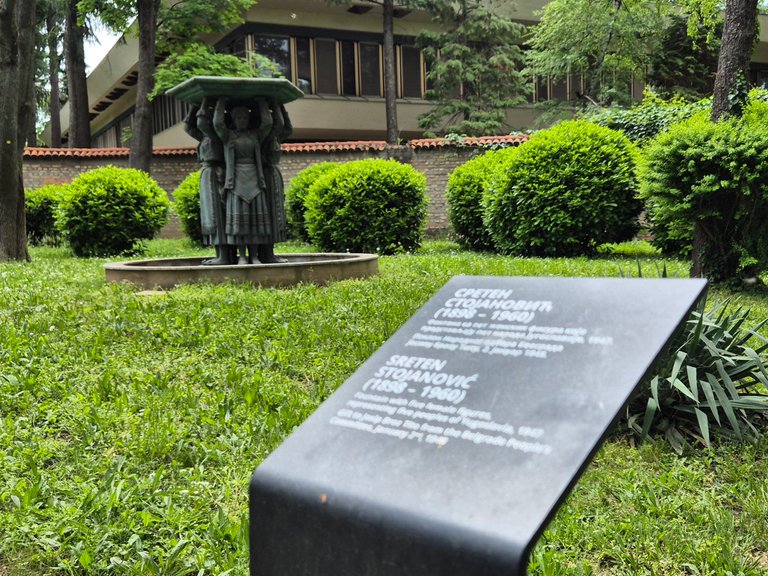
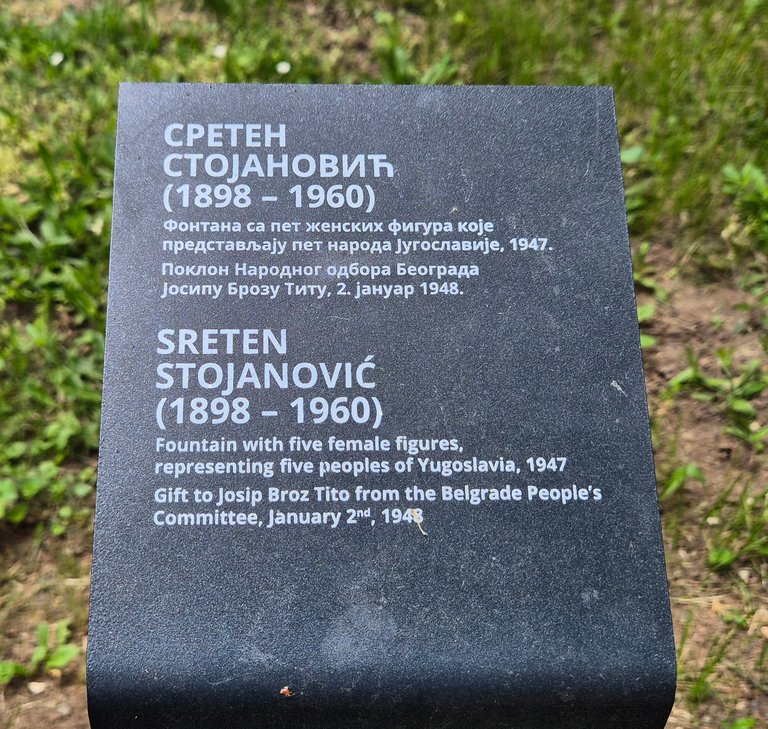
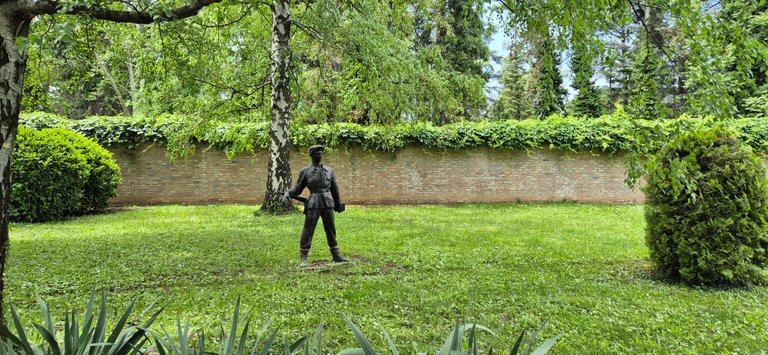
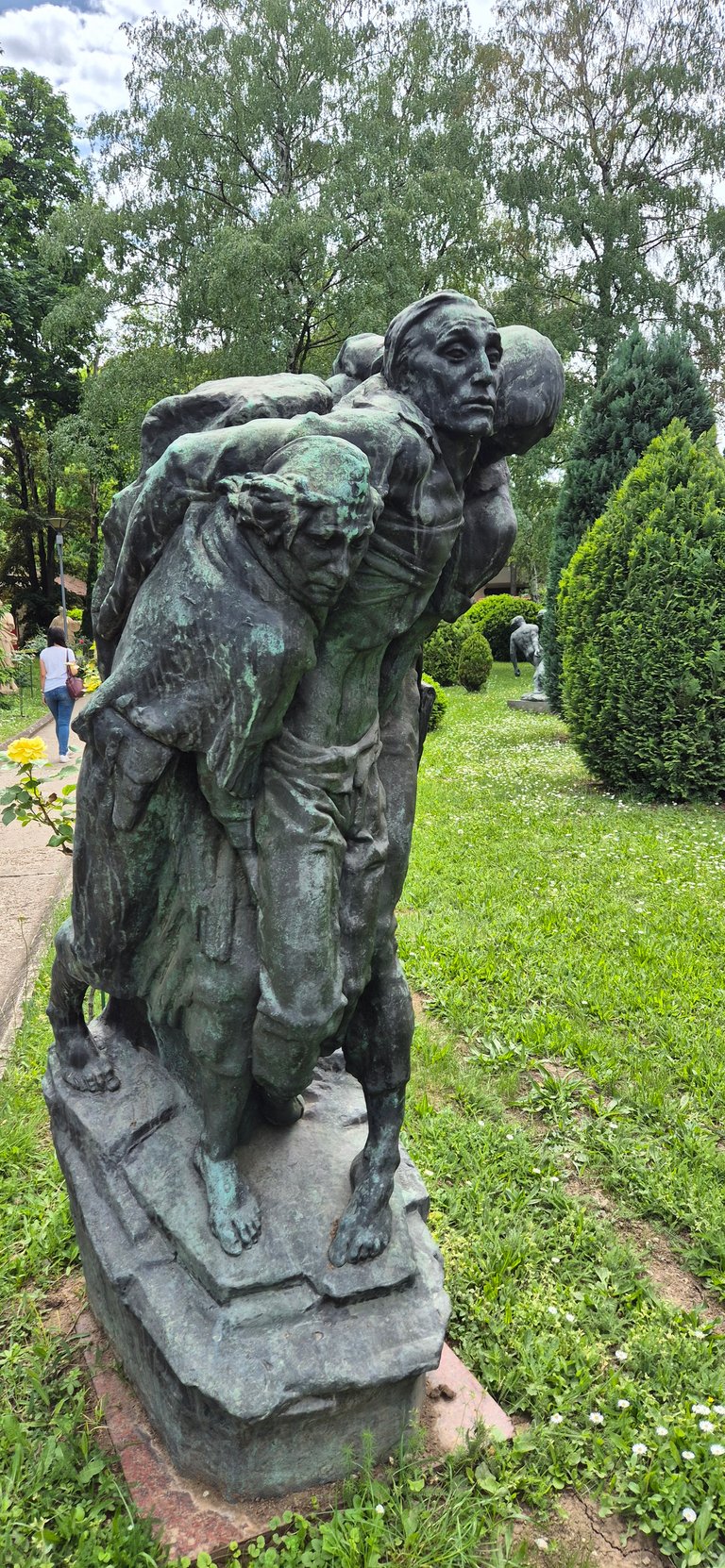

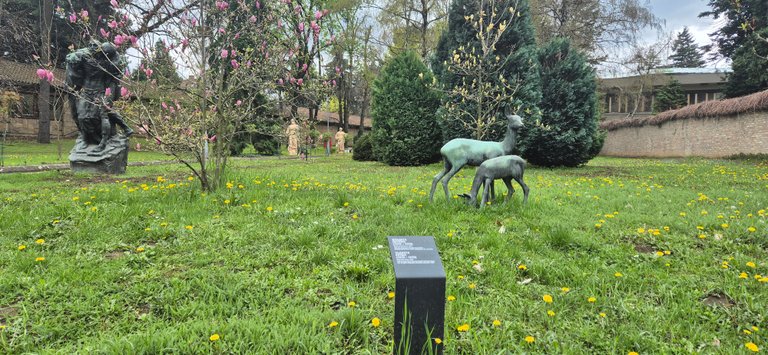
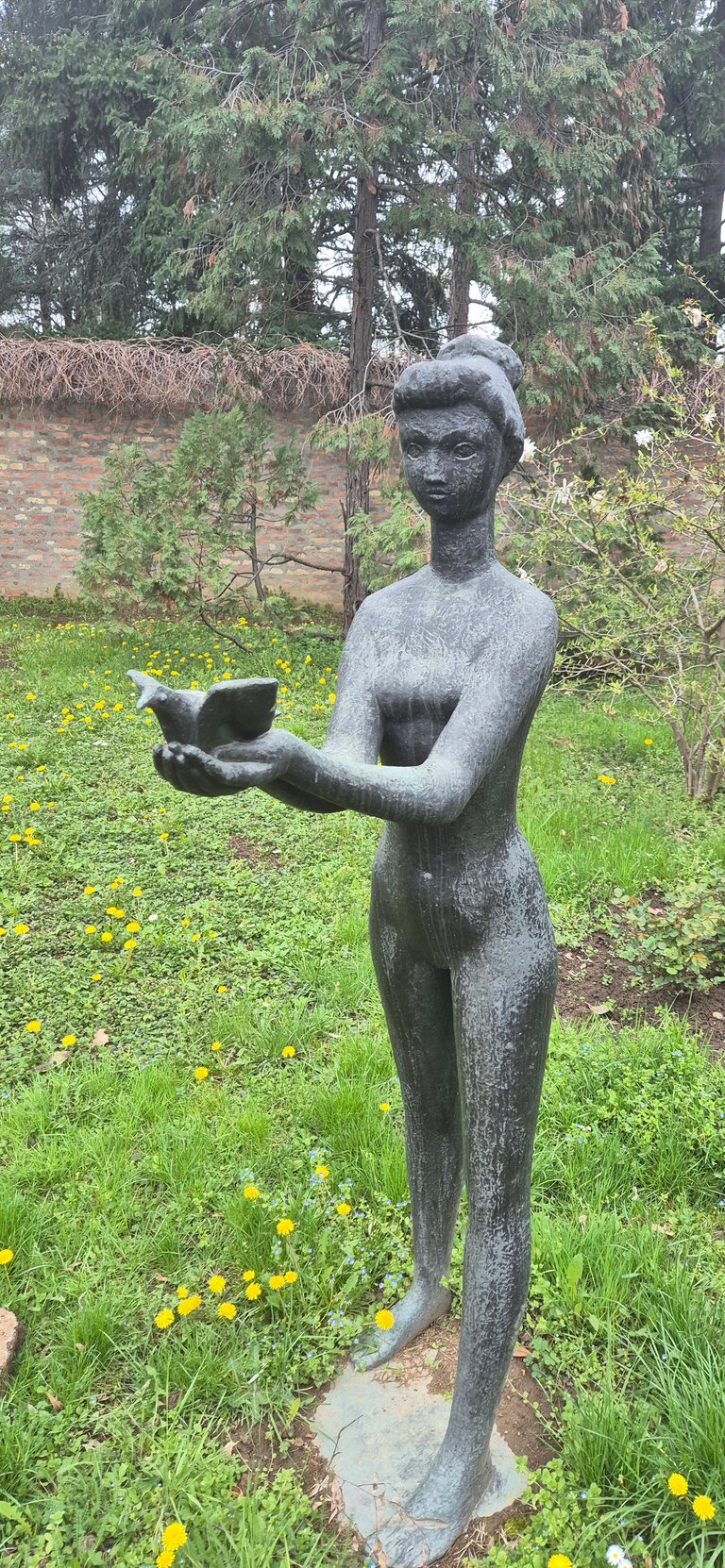

The park is beautifully landscaped, there is a fountain, a rose garden, as well as many sculptures, which are the works of some of the famous Yugoslav sculptors of the twentieth century.
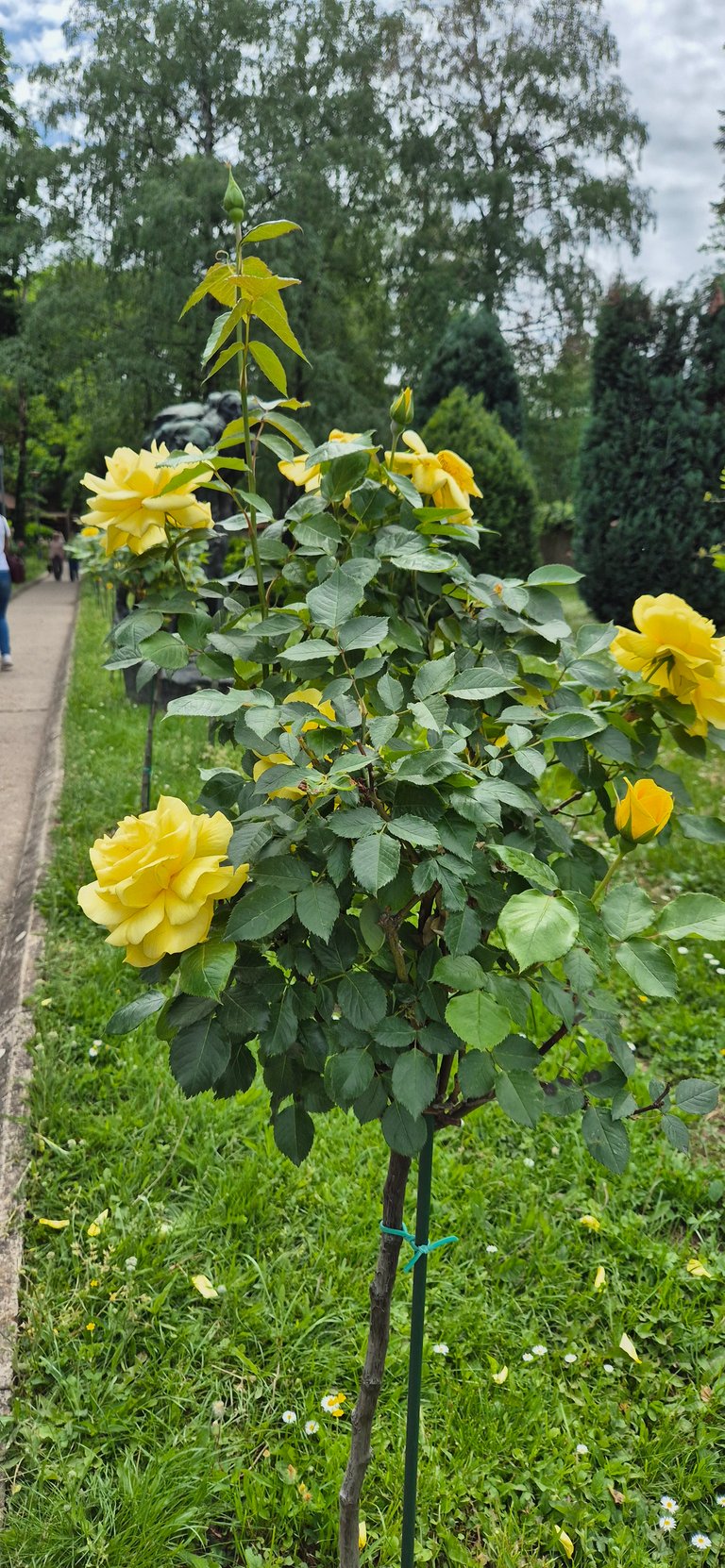
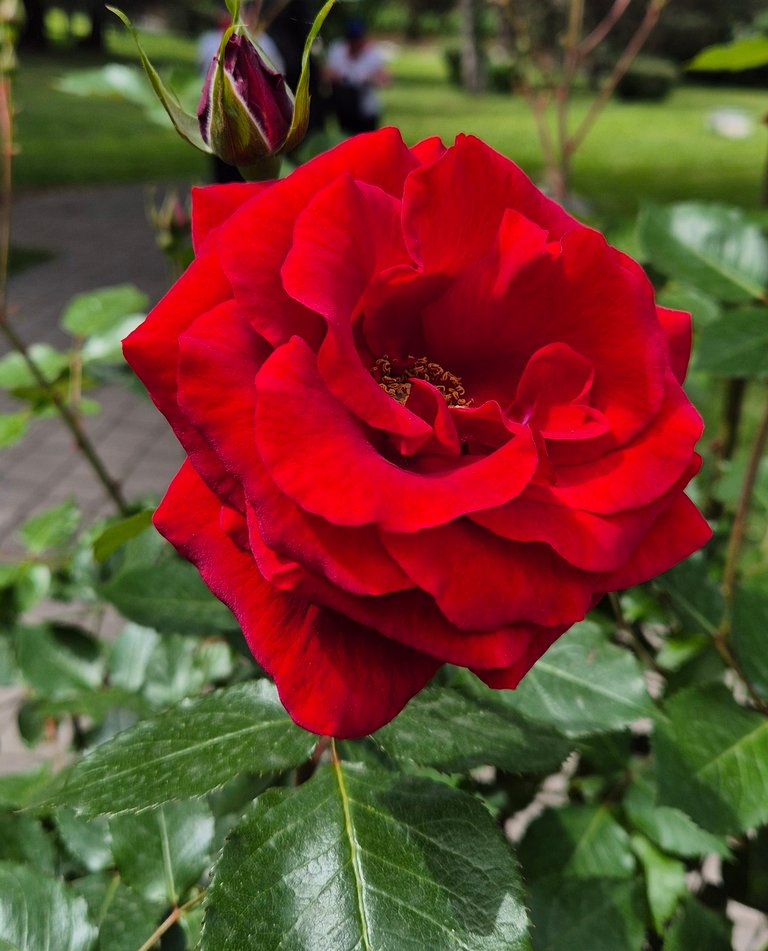
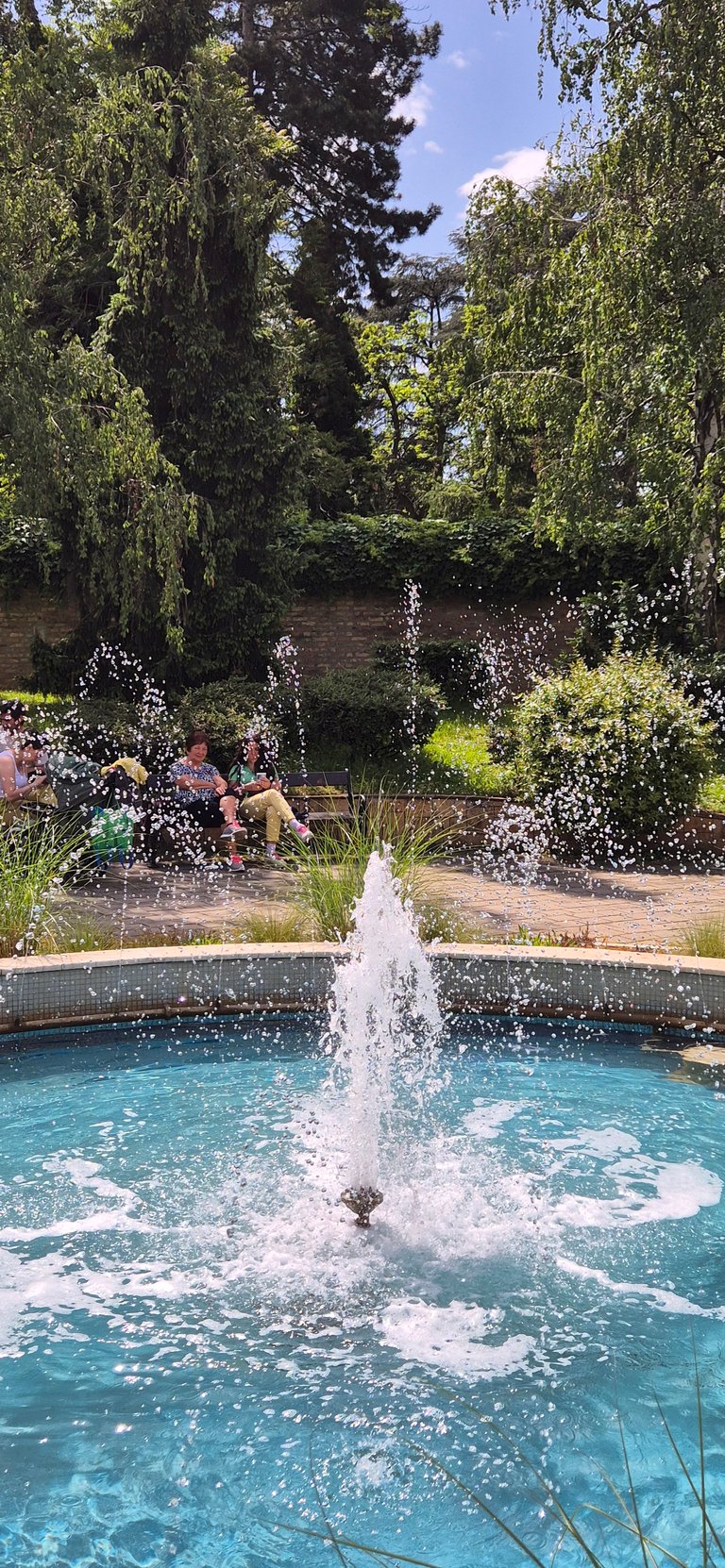
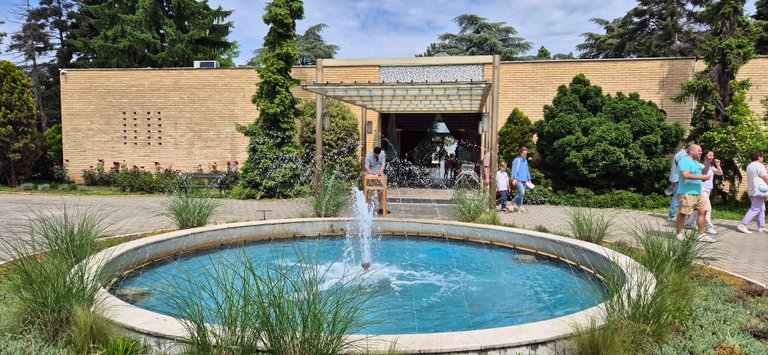
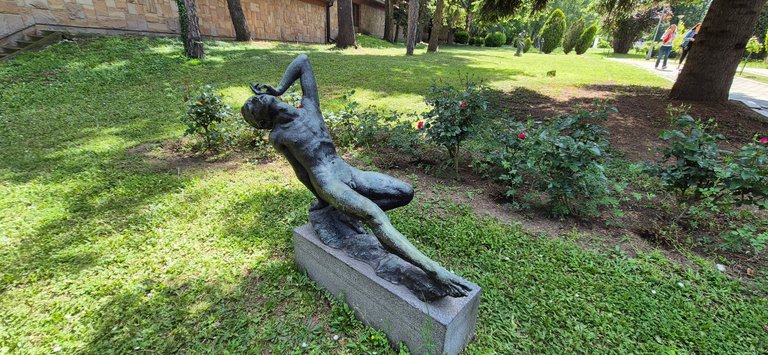
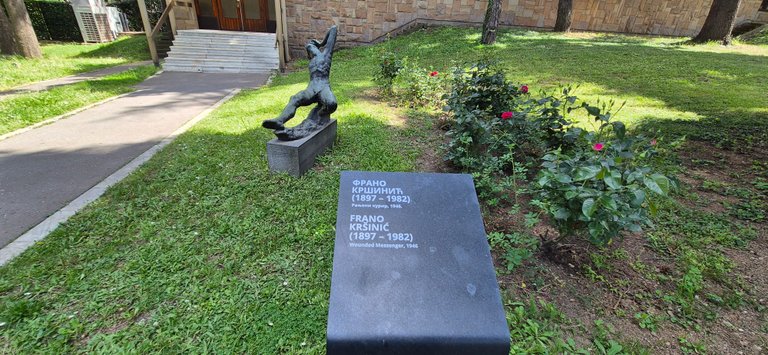
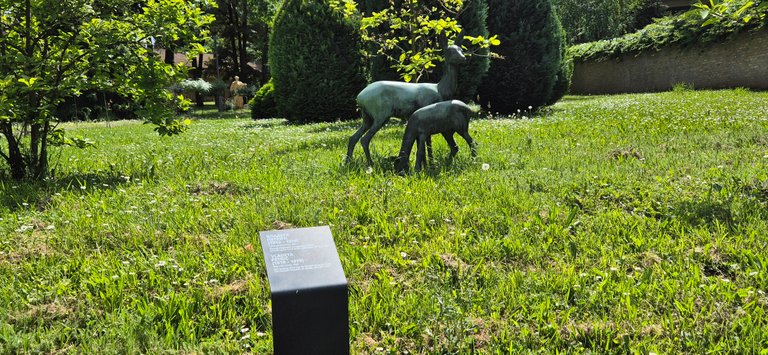
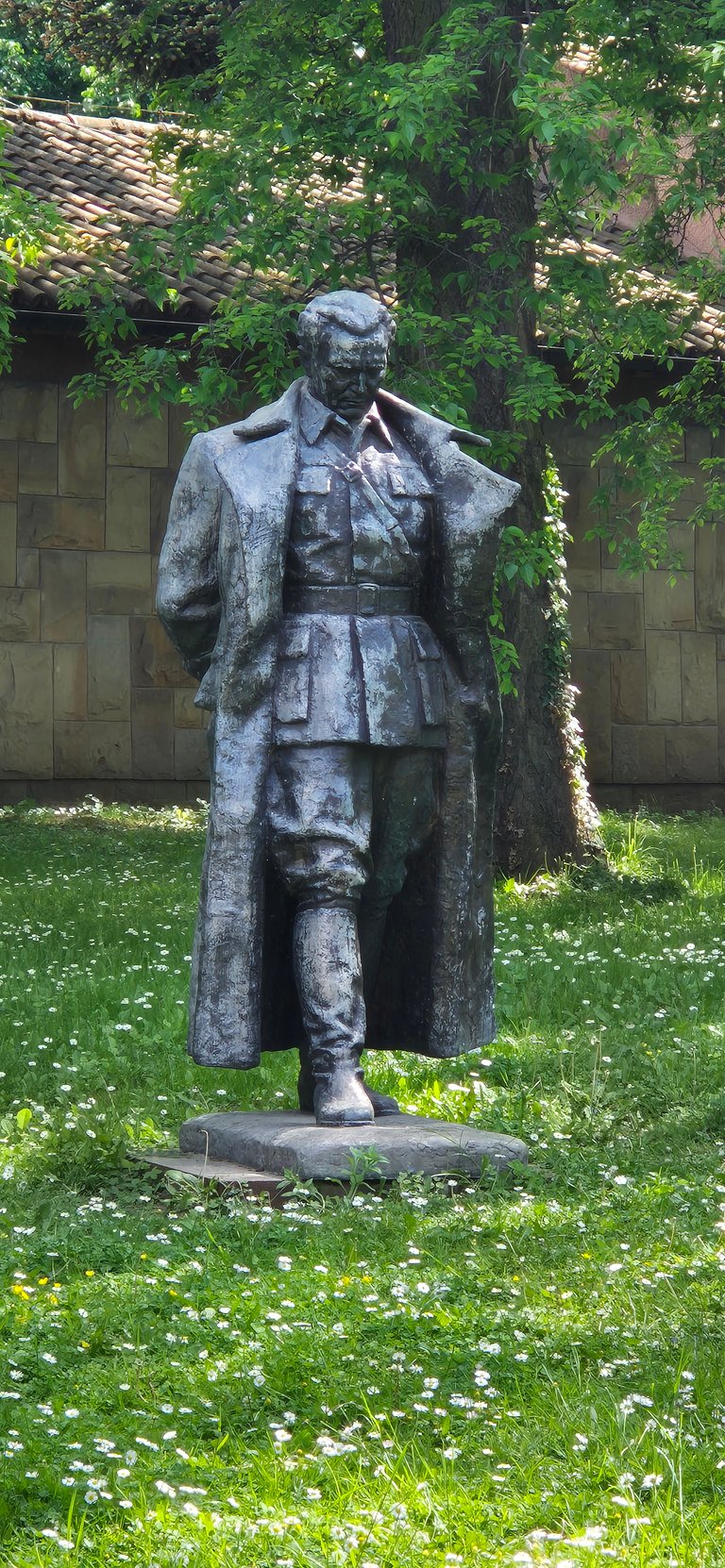
This walk in a quiet and beautifully decorated park, with interesting things from the House of Flowers, is something I want to present to you as my #wednesdaywalk
I hope you found the story of Titus and his holidays interesting and that you liked the pictures from the park that I took during my walk today.
Can you imagine... that I have never visited the House of Flowers. 😳 I know, it would be a must with the school, I just asked my husband and he said he visited it with the school, but why didn't my class go? I don't know... 🤷♀ Thank you, now I did the visit!
I'm glad you liked it, but still, when you're in Belgrade, you won't go wrong if you set aside two or three hours to tour the entire complex I have one more part, a tour of the old museum, which could not possibly fit into this post...
I also recently visited this complex for the first time, a couple of years ago.
Honestly, I don't know how I didn't go with elementary school, but I don't think it was organized...
But when I discovered how beautiful the whole complex and the park are, now I go often, because there is a really good cafe restaurant nearby.
You can check out this post and your own profile on the map. Be part of the Worldmappin Community and join our Discord Channel to get in touch with other travelers, ask questions or just be updated on our latest features.
Thanks for joining the Wednesday walk
Have a great day
Lovely photos, they evoke Yugo nostalgia, but we were well brainwashed then; now it's even worse, at least here.

Delegate your Hive Power to Ecency and earn
100% daily curation rewards in $Hive!
The peoples from these areas love the cult of the leader, and so brainwashed, they follow him like sheep.
I heard that flowers are not blooming in your place either, but it's been hell here lately...
In Tito's time, there was a popular island for those who dared to say something with their still unwashed brains. Right there near you... Grandfather, who "summered" there for three years, told me a little about it, and it was creepy.
Hahah, ko se vozim na Pag Jadranskom magistralom ga uvijek pogledam :) idem tamo sutra ili u petak za neko vreme...